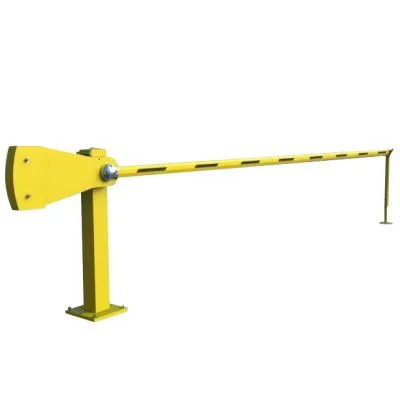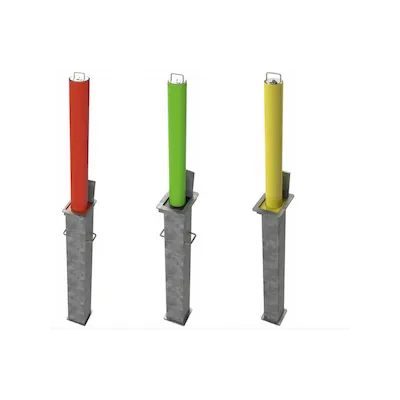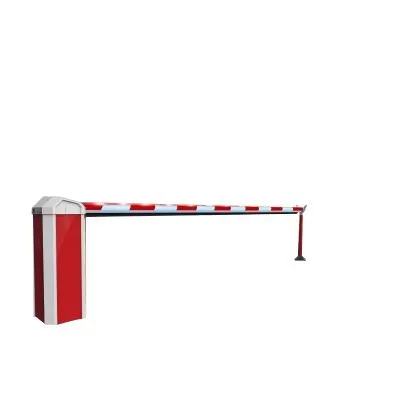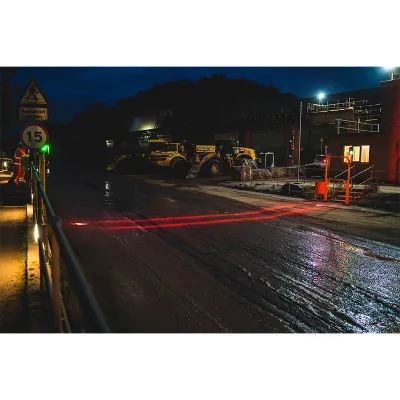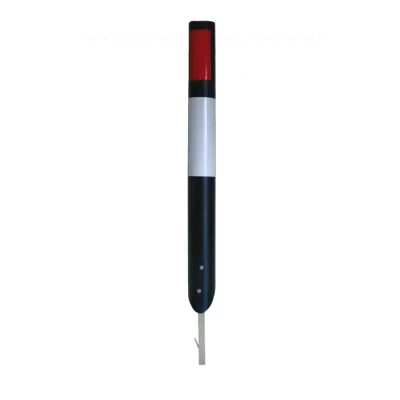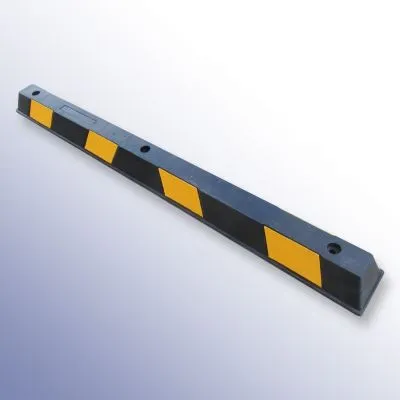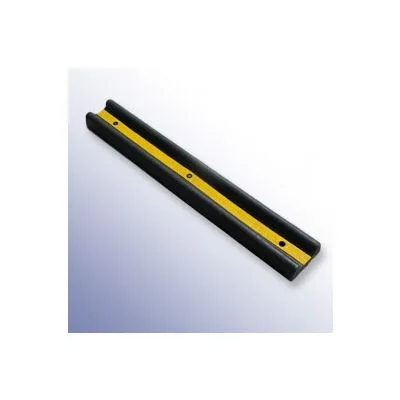Traffic Direction Control Plates - Standard
Product Highlights
- Enforces one-way traffic – Prevents reverse movement in restricted access areas.
- Surface-mounted installation – No need for excavation, bolts directly into tarmac or concrete.
- UK-made steel construction – Durable chequer plate body supports up to 1 tonne per axle.
SKU PK2601
These traffic flow plates are engineered to control one-way vehicle access by physically restricting reverse movement. Constructed from chequer plate steel and surface-mounted with bolts, they support up to 1 tonne per axle. Perfect for small car parks, commercial premises, and restricted zones. Yellow finish improves visibility and alerts drivers effectively. Suitable for cars and light commercial vehicles.
HERMEQ’s standard traffic flow plates provide a simple, effective way to control one-way traffic. Commonly used in commercial car parks, retail access points, and private developments, they physically prevent vehicles from travelling in the wrong direction without the need for electronic control systems.
Built from high-strength chequer plate steel and powder-coated in high-visibility yellow, they enhance driver awareness while delivering lasting durability. Each unit is surface-mounted using six bolts—ideal for installation in areas where excavation isn’t feasible.
- Supports 1 tonne per axle – Designed for cars and light vans in commercial sites.
- Bolt-down fixing – Installs on aged tarmac or concrete without specialist tools.
- Bright finish for awareness – Yellow paint enhances safety by alerting approaching vehicles.
- Modular placement – Can be installed in sequence to suit road width and lane configuration.
- Optional use with signage – Complements HERMEQ speed ramps and warning signs.
Standard traffic direction plates are often specified on multi-storey car parks, loading bays, and gated estates to keep vehicles flowing safely. To maximise lifespan, vehicles should pass over in a straight line. Where tight turns or inclines exist, it’s advised to position plates on flat sections of road.
When paired with speed bumps or control signage, flow plates offer added security for facility managers, warehouse operators, and local councils who need to prevent unauthorised entry and reduce risk of collision. For larger vehicles or high-frequency use, HERMEQ also supplies heavy-duty flow plate options; please contact us for details or help if required.
HERMEQ stock a wide-range of Entrace Barriers, Traffic Management, Permanent Fencing & Temporary Fencing conforming to all required safety specifications and regulations.
Need any help? Contact HERMEQ Today.
Contact our team via phone 0800 043 2520, email sales@hermeq.com or use our live chat feature between 8:00am & 17:00pm for help discovering our range.
- Positioning advice: Avoid fitting on slopes or loose gravel as this can cause mechanical failure or early wear.
- Vehicle guidance: Designed for light commercial traffic only (max 1 tonne per axle).
- Recommended pairing: Use with Speed Ramps and warning signage for best results.
Surface installation:
Fit directly to concrete or aged tarmac using M12 x 100mm fixings. Drilled holes must reach full 100mm depth before mounting to prevent loose anchoring. Do not over-tighten bolts during final fit.
Safety guidance:
Not intended for pedestrian zones. Ensure users cross plates slowly and in line to avoid excessive impact. Misuse (e.g., sharp turns) may reduce service life.
| Material | Chequer plate steel |
| Flap Upright | 100mm |
| Width | 366mm |
| Depth | 250mm |
| Height (flap depressed) | 34mm |
| Weight | 12KG |
| Installation | Surface Mounted |
What is the weight limit for these traffic flow plates?
They are suitable for vehicles up to 1 tonne per axle, making them ideal for light commercial use.
How are these traffic plates installed?
They are surface mounted using six bolt fixings—no excavation needed if ground conditions are suitable.
Can they be used on newly laid tarmac?
No, only install on tarmac older than six months or lay a concrete raft for secure fitting.
Are they visible in low light?
Yes, the yellow powder-coated finish enhances visibility for approaching vehicles day or night.






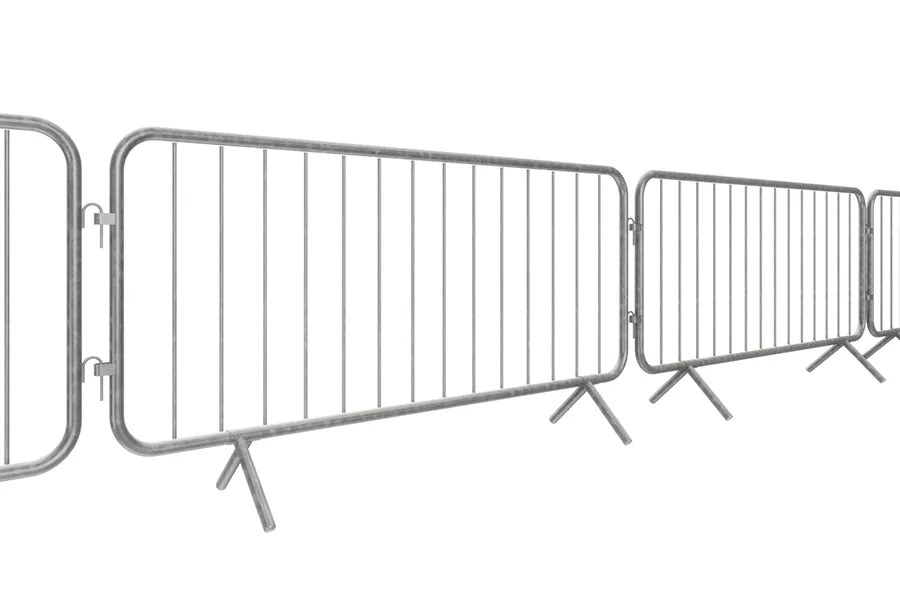

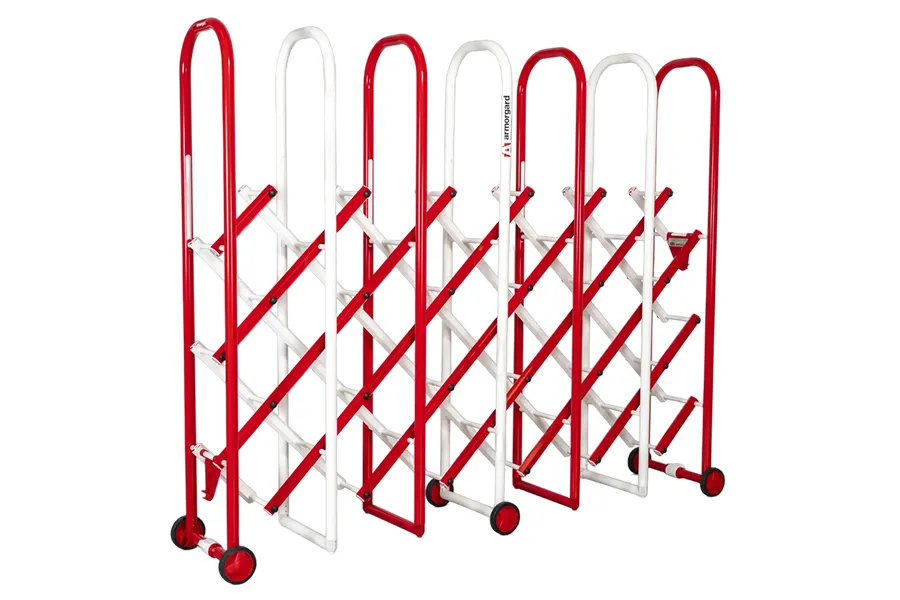
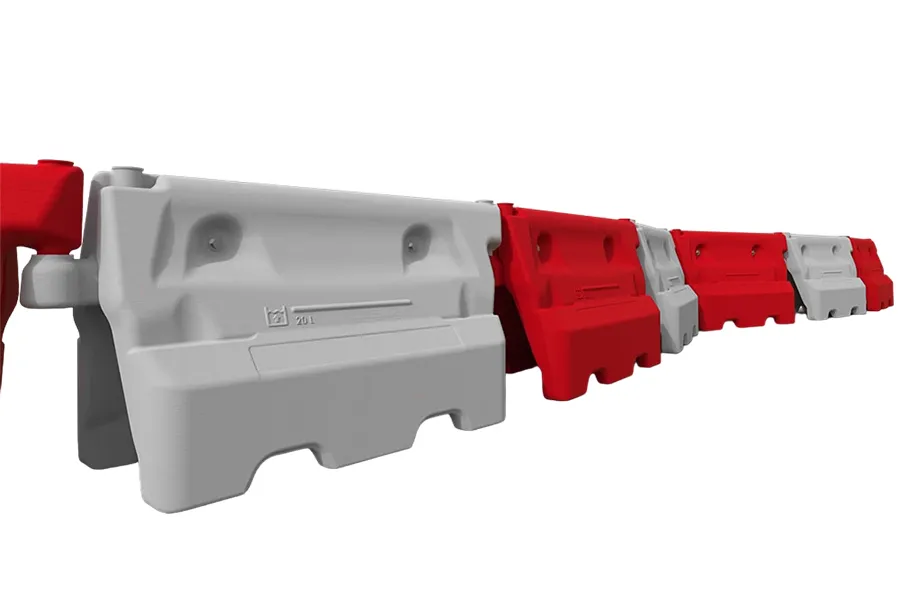
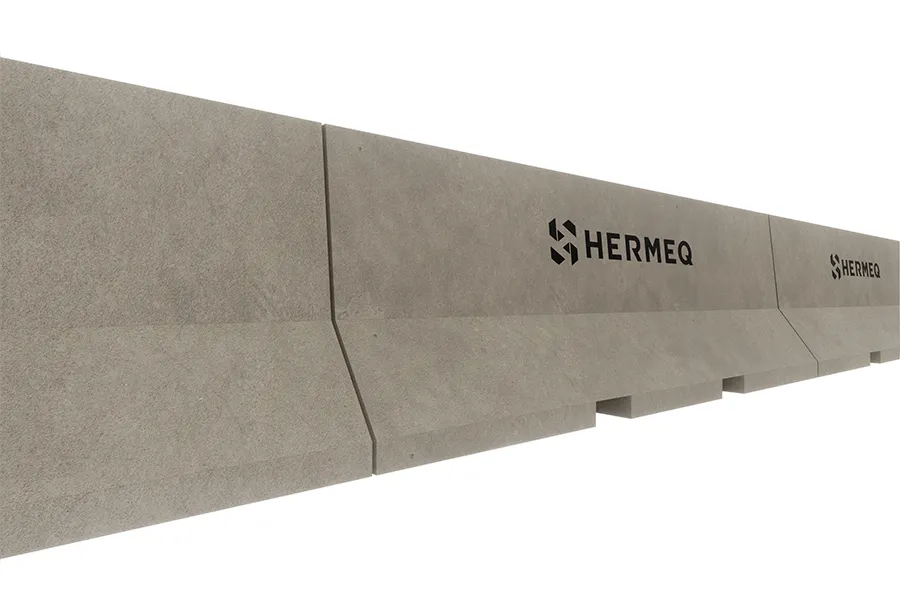
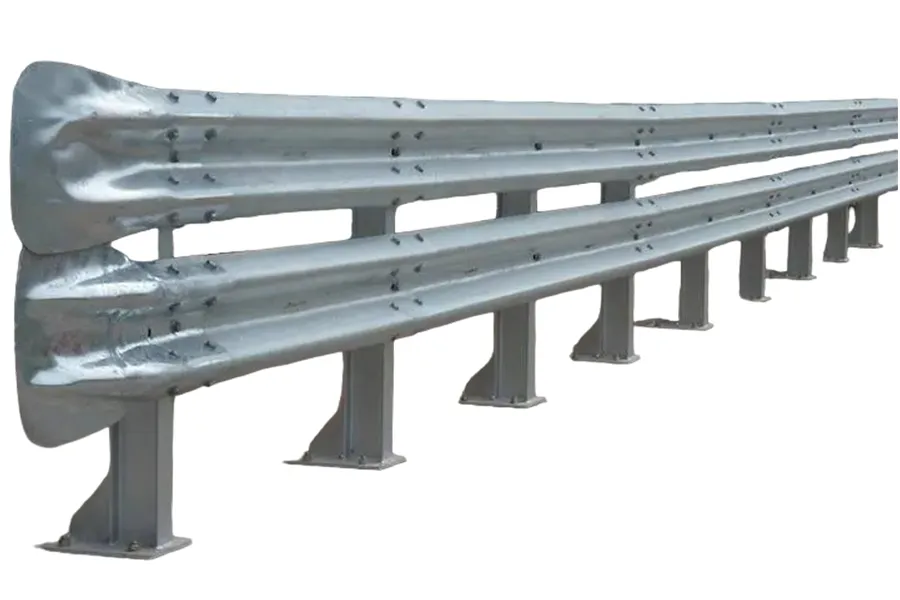

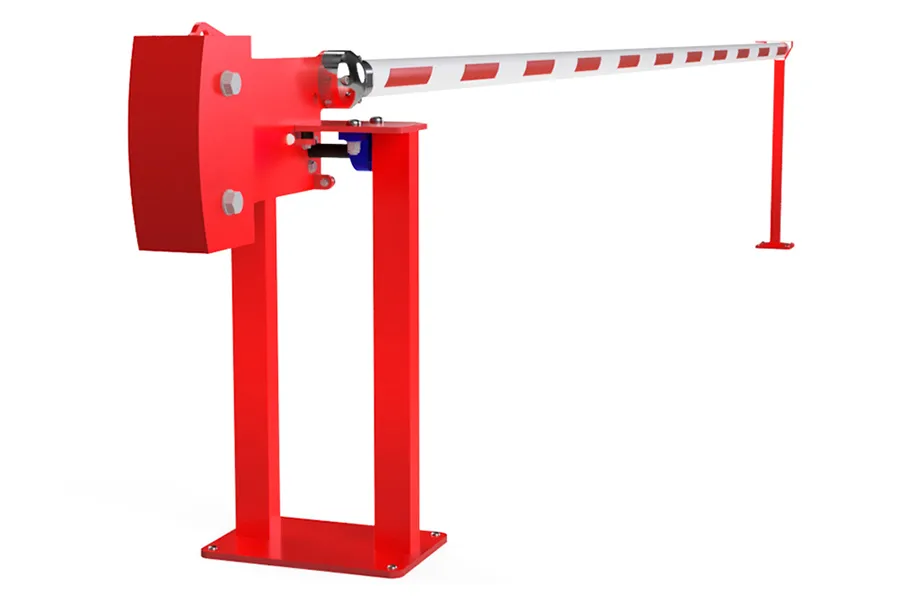
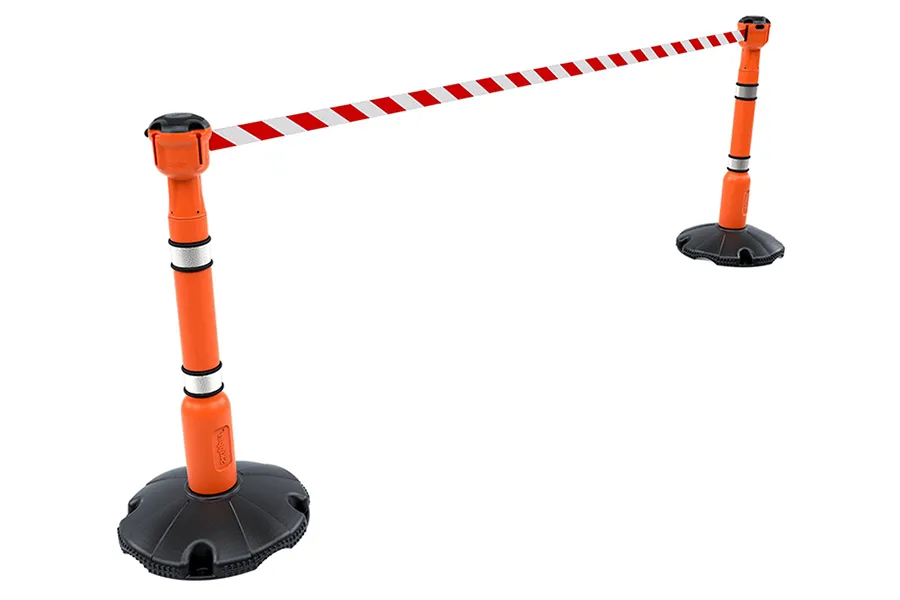
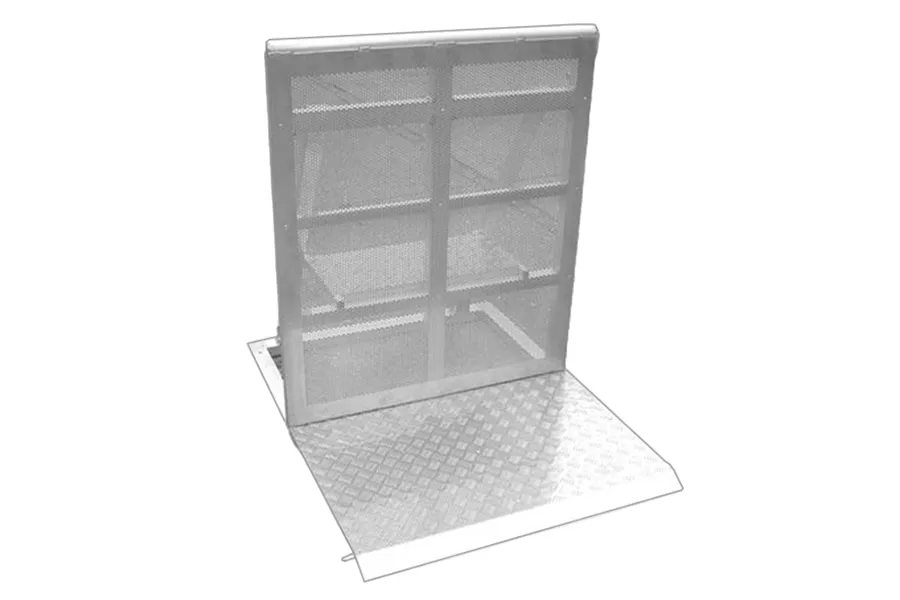

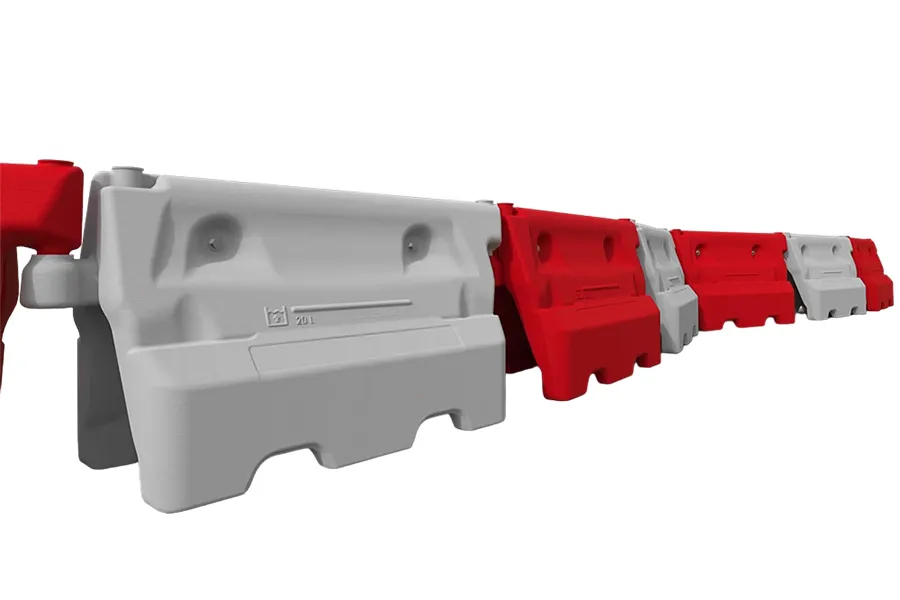
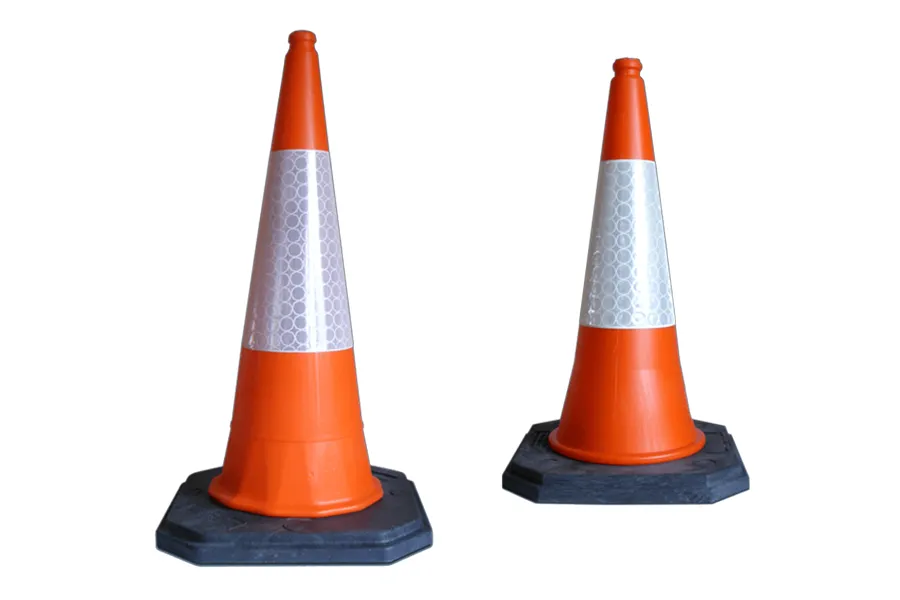
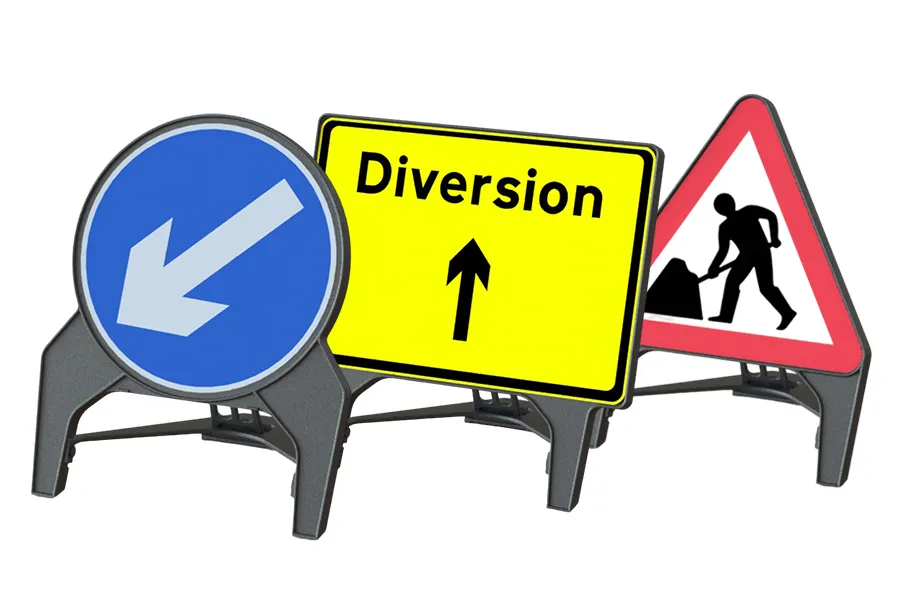
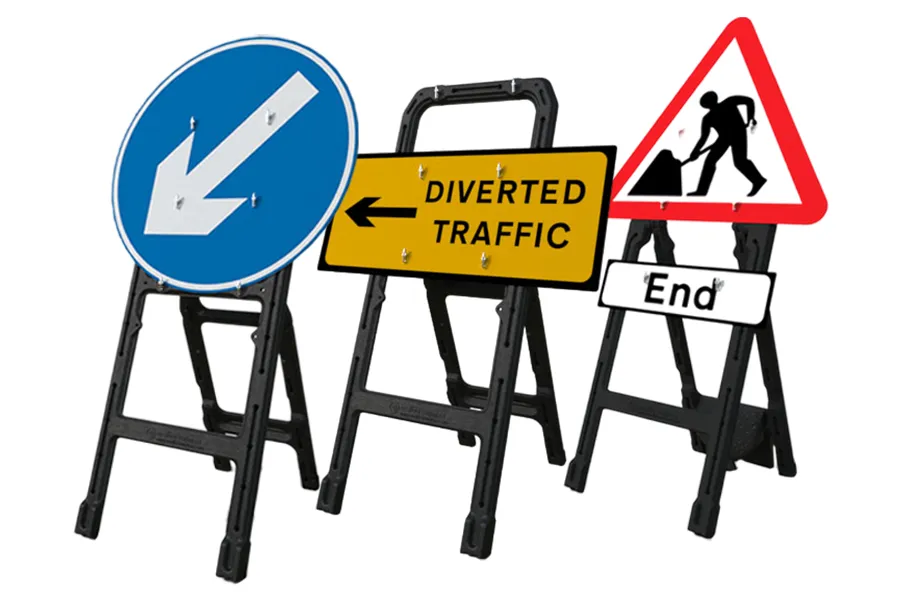
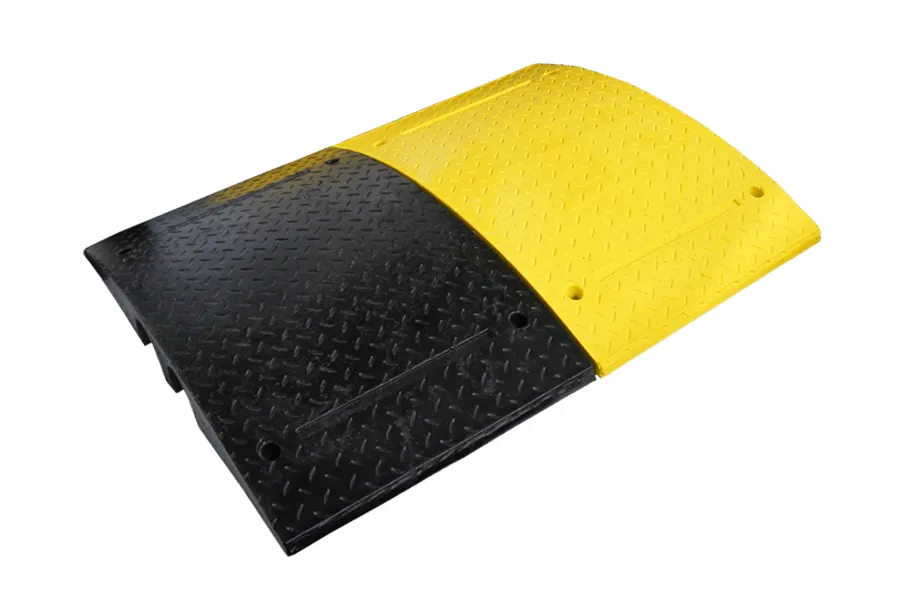

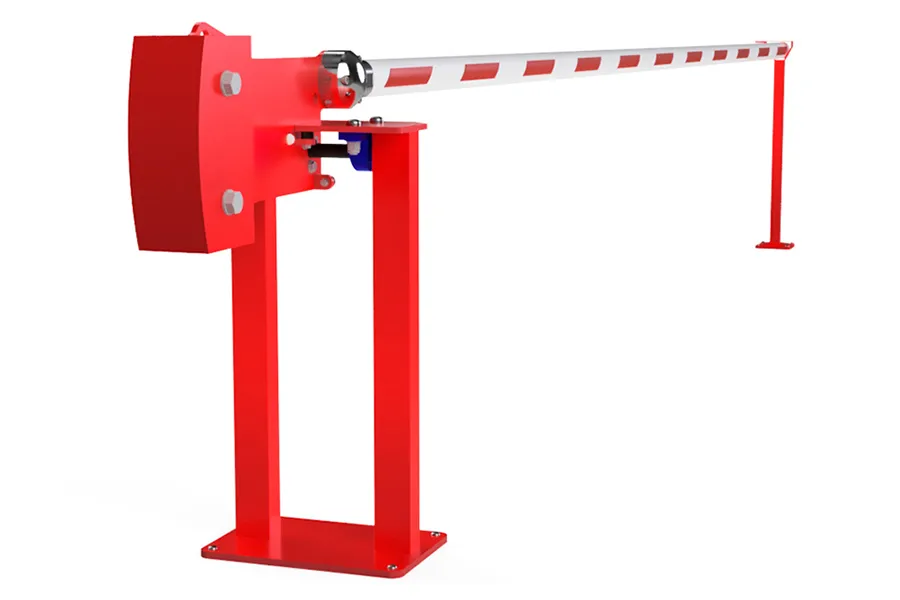
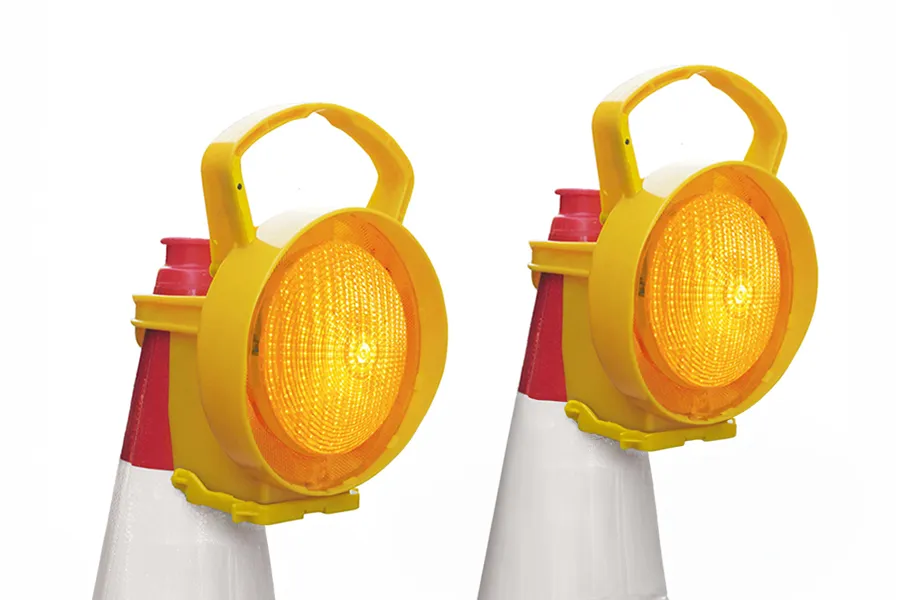
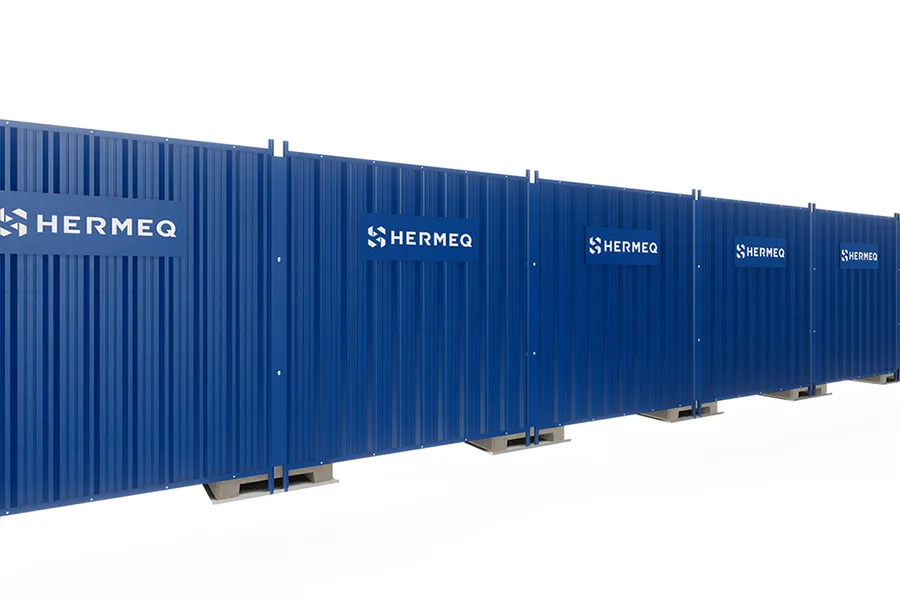
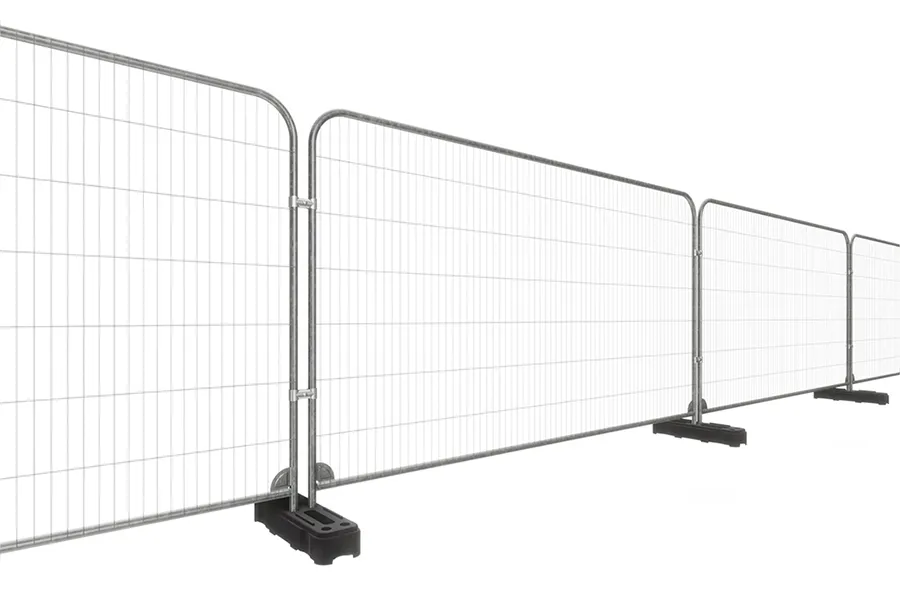
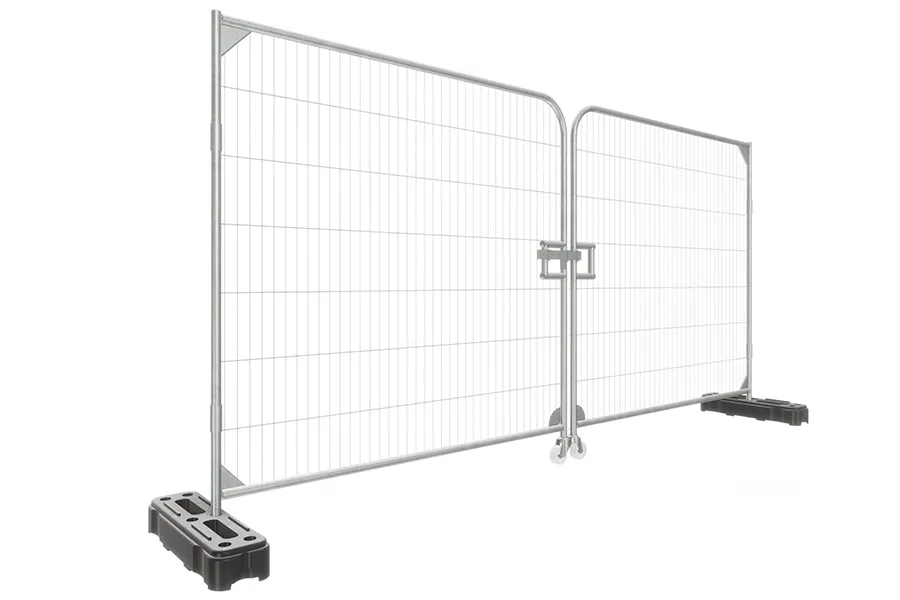
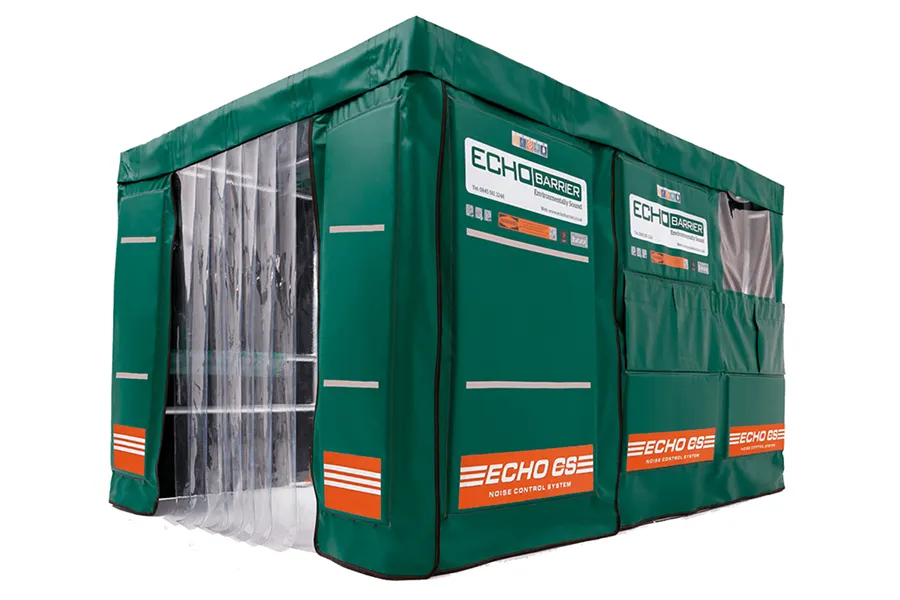
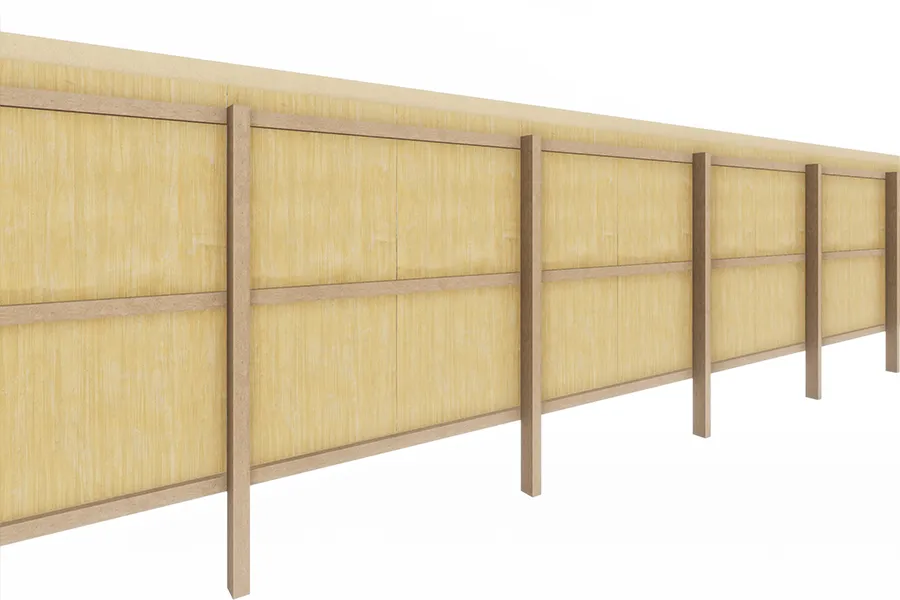

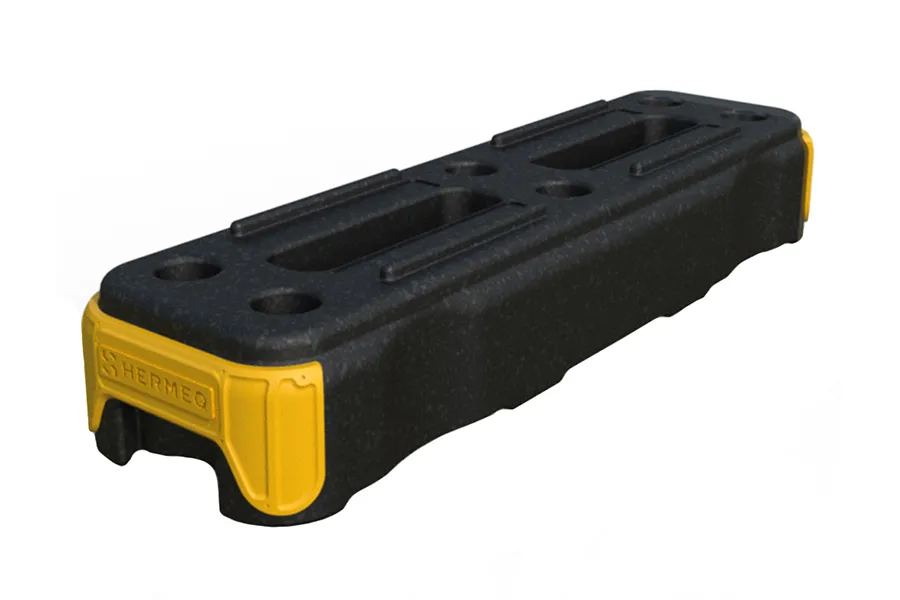
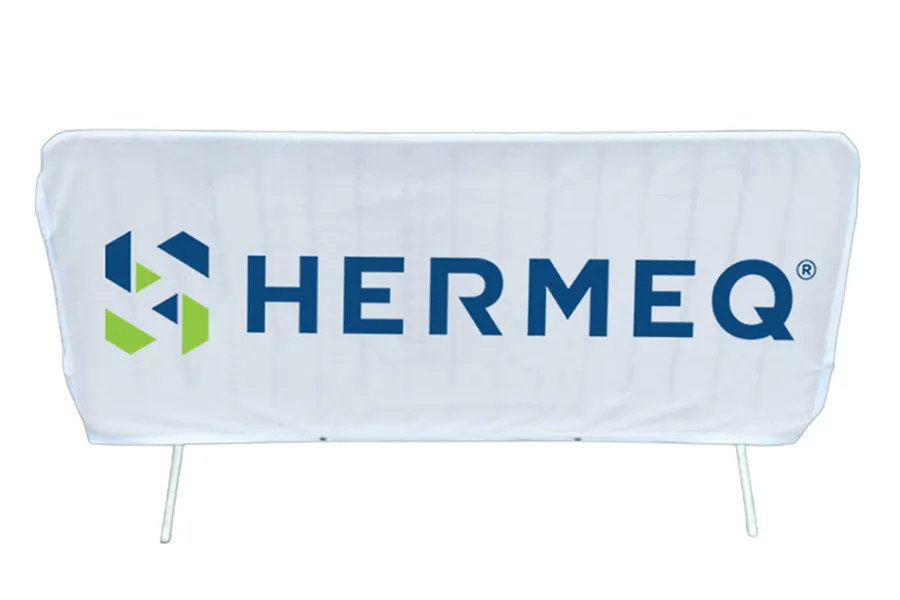

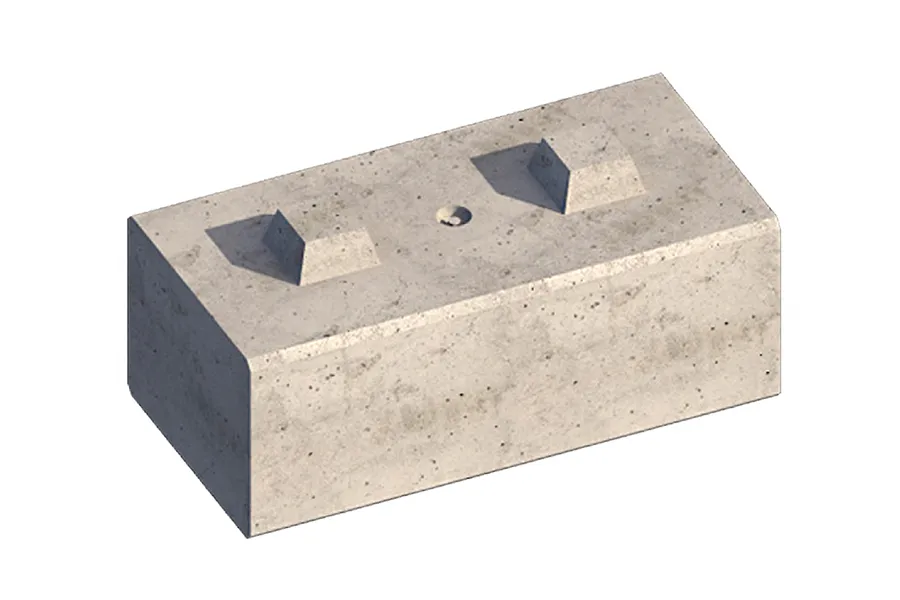
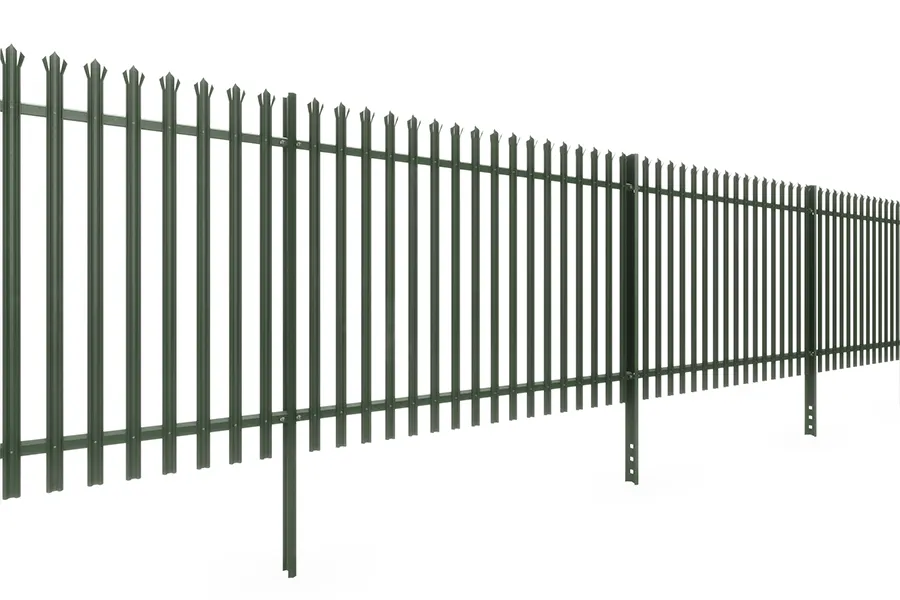
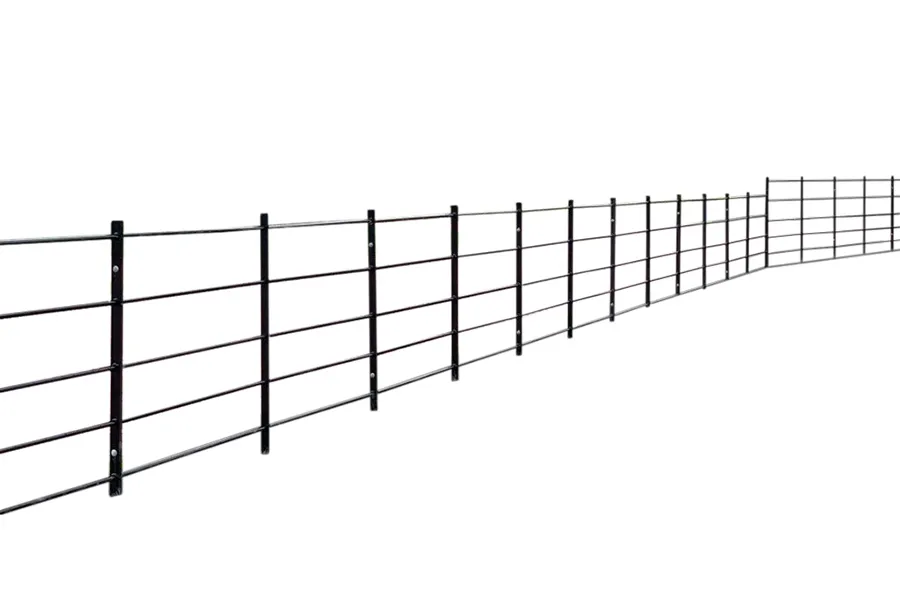

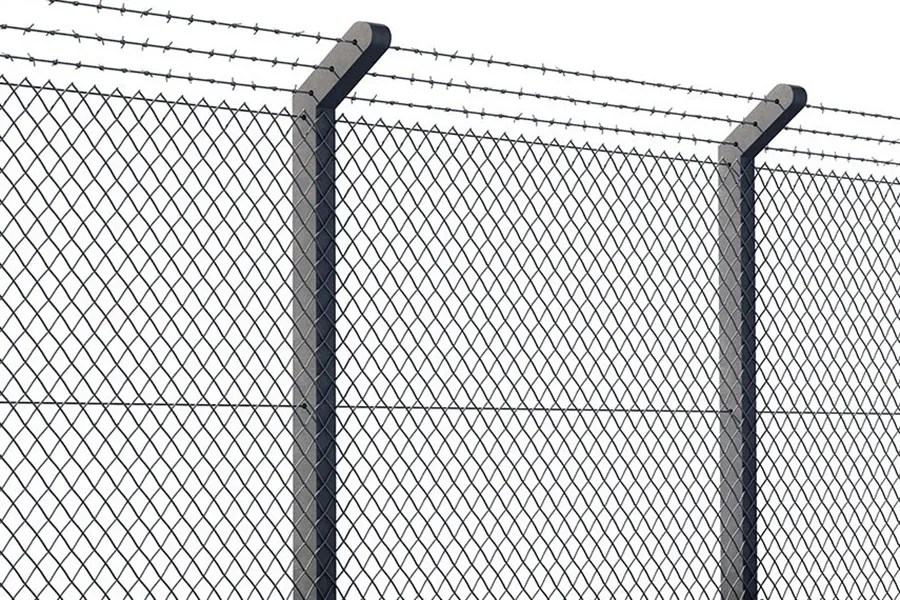
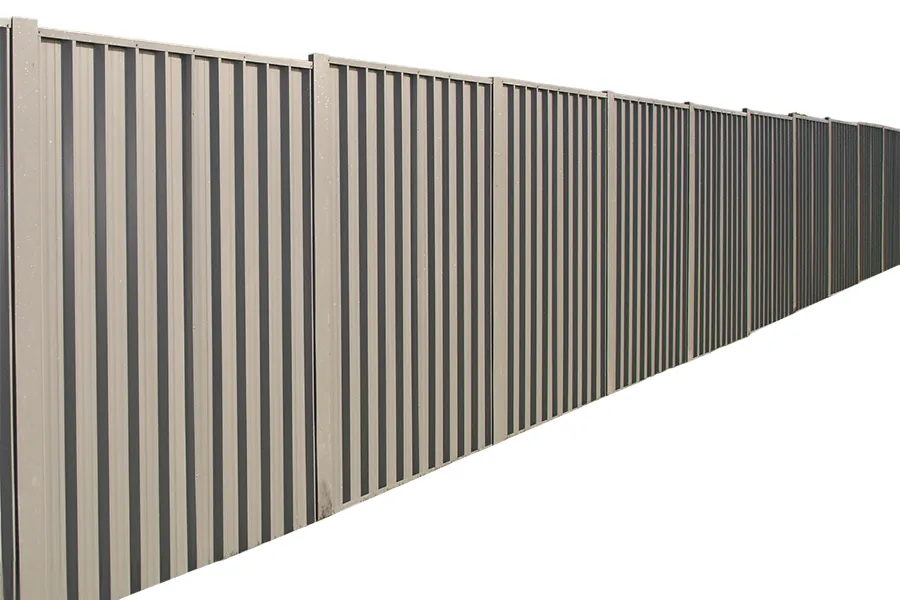
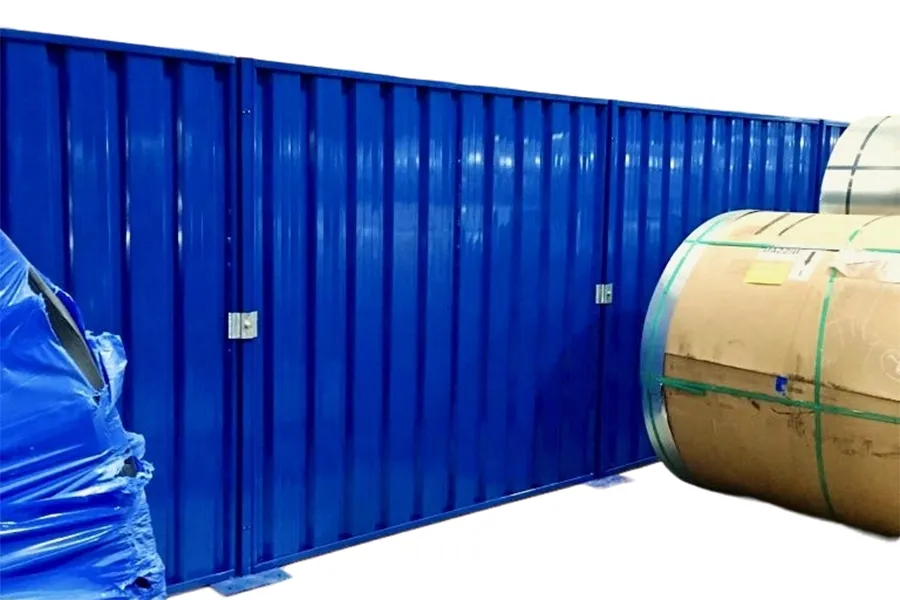
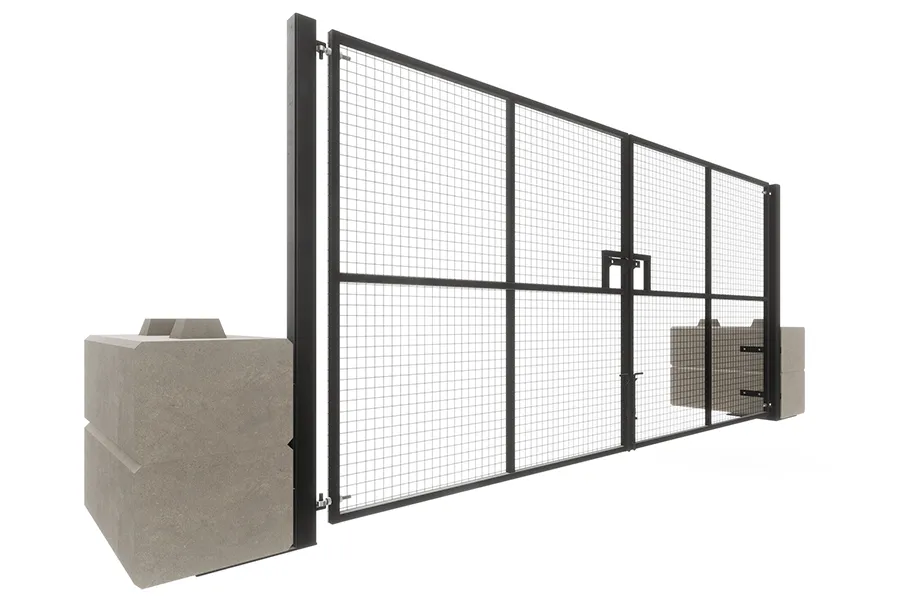
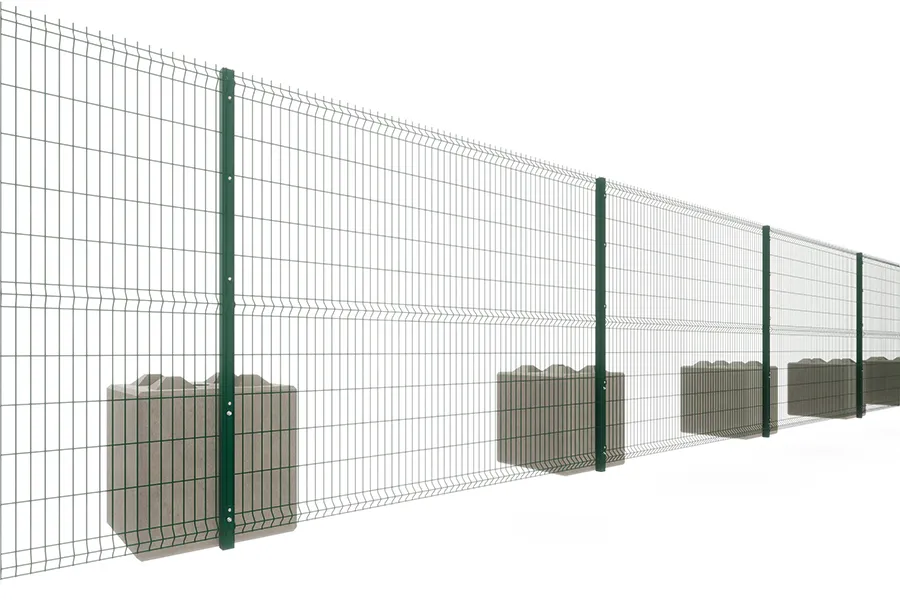

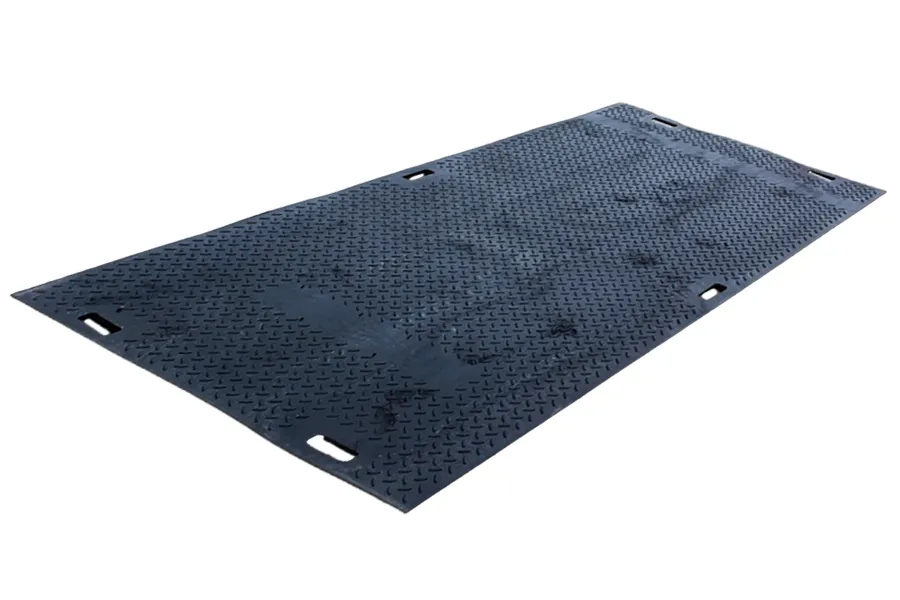
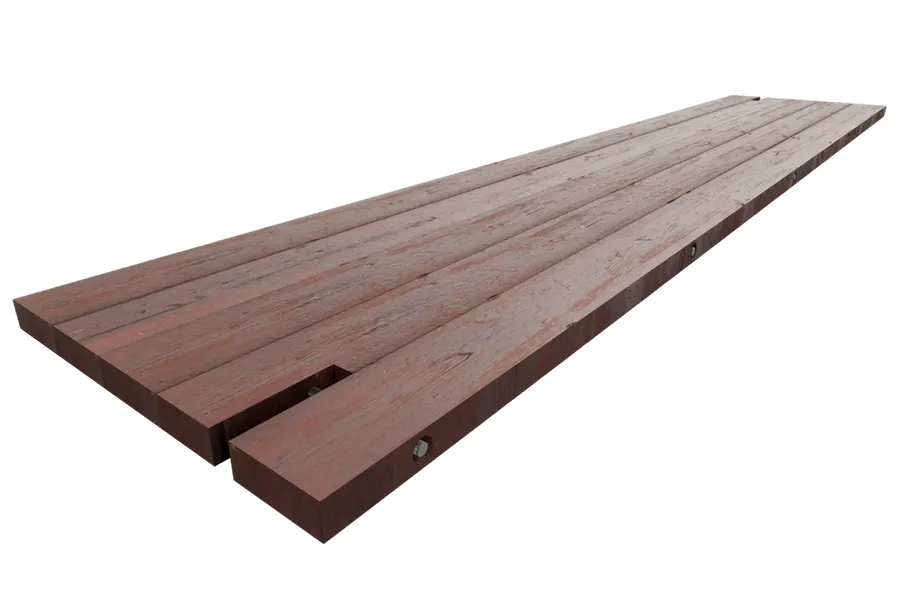

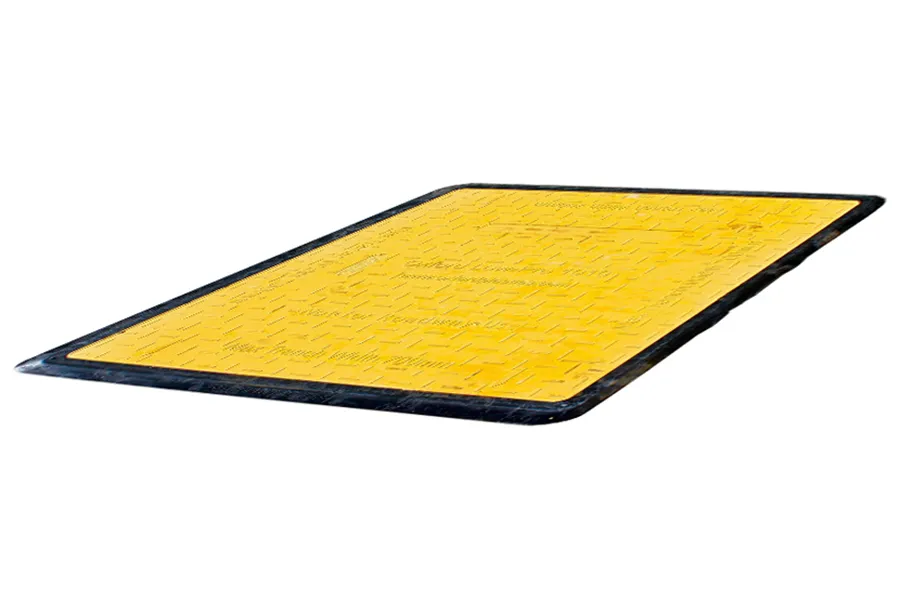
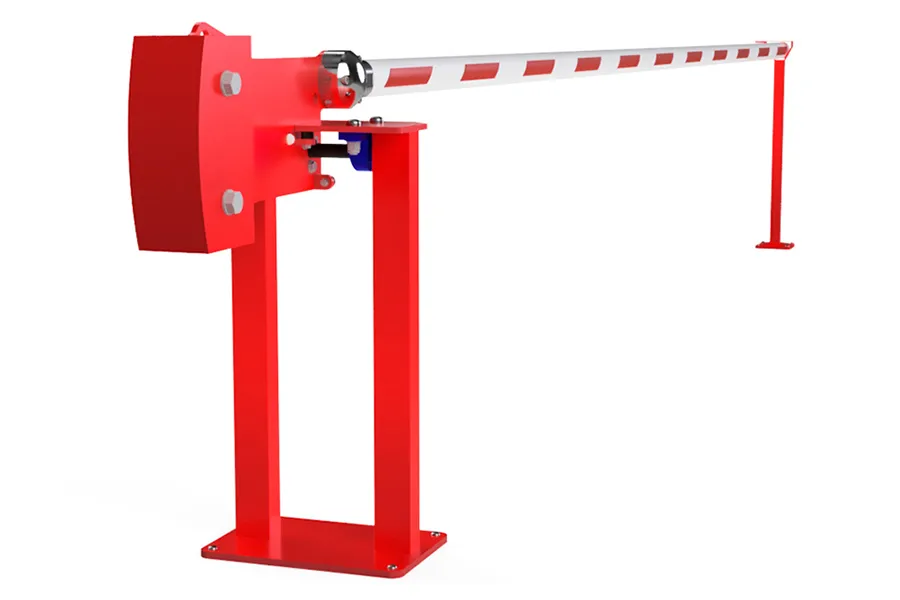
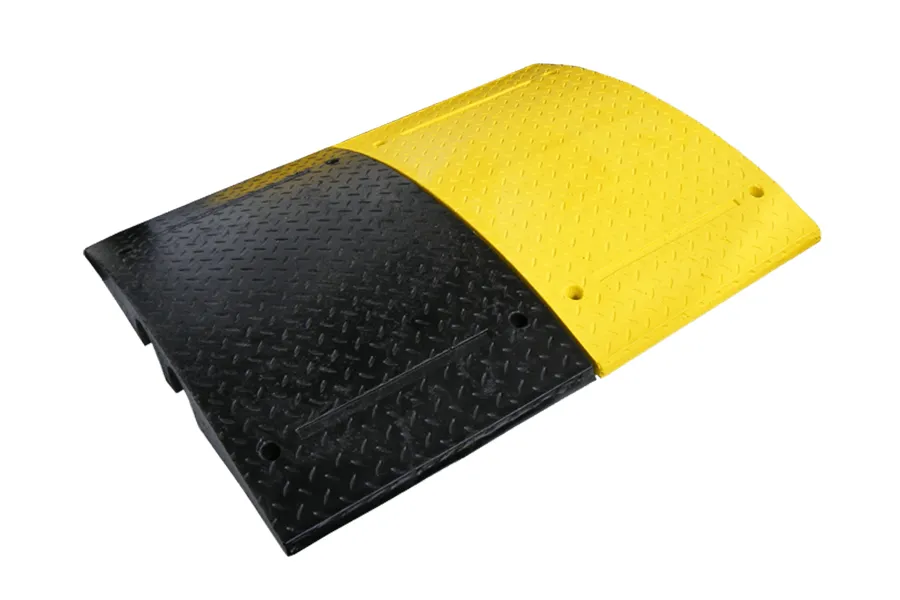

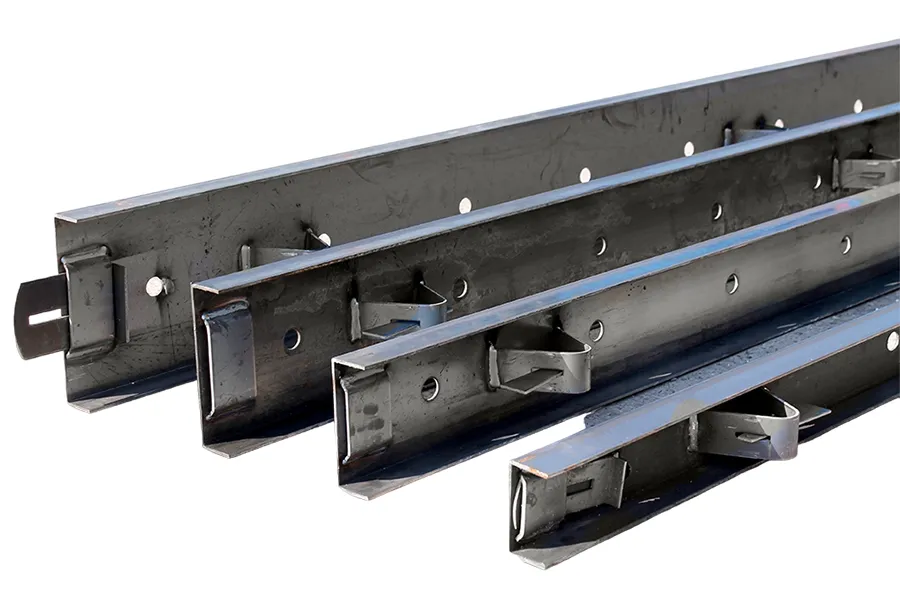
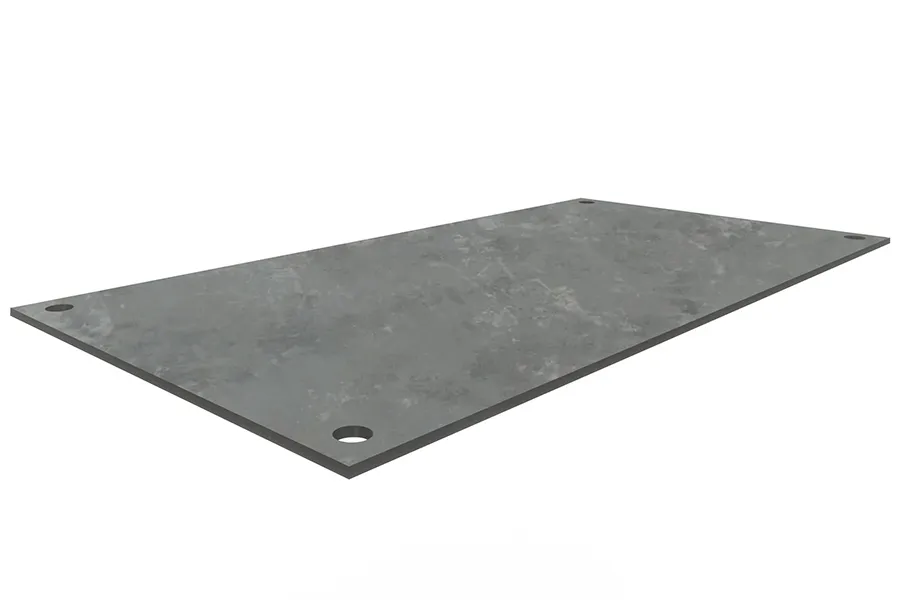

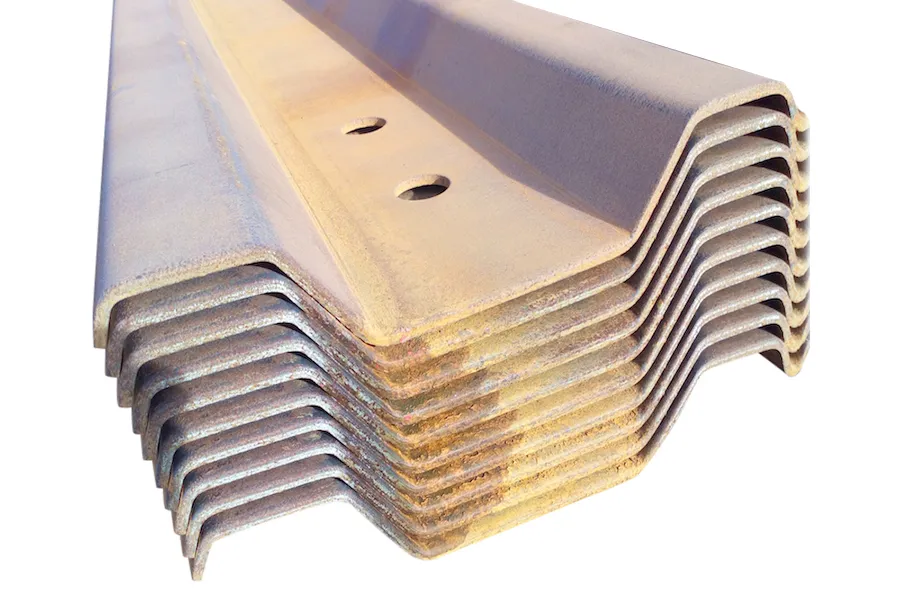
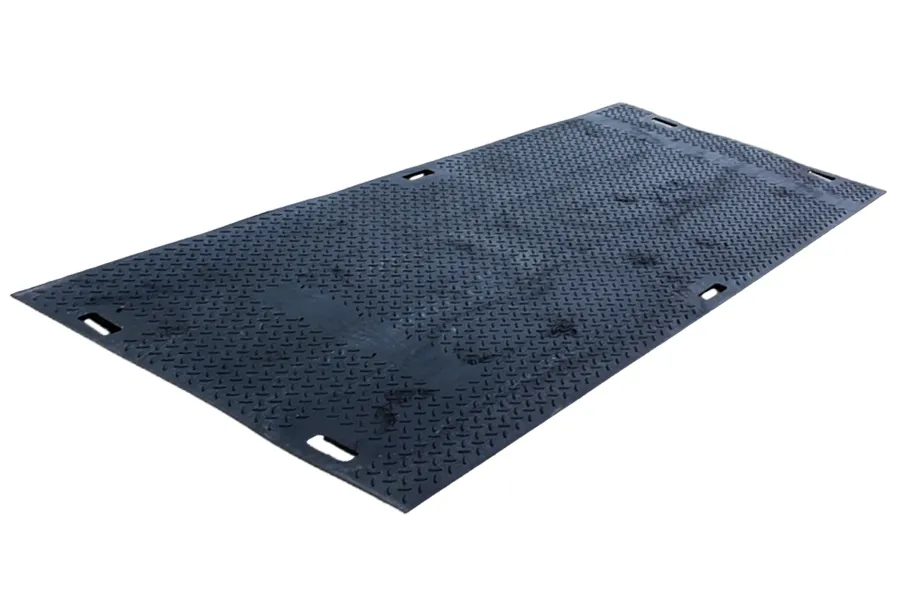

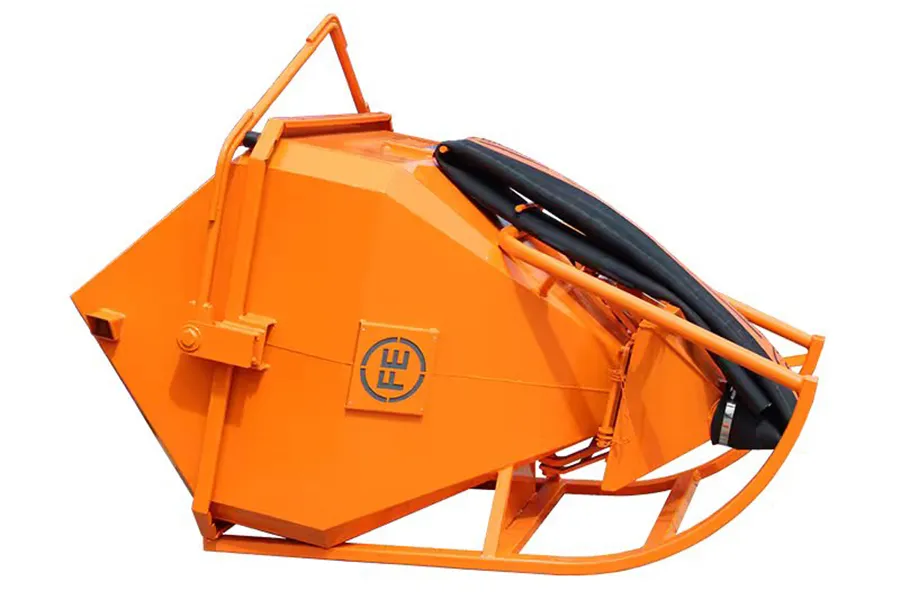
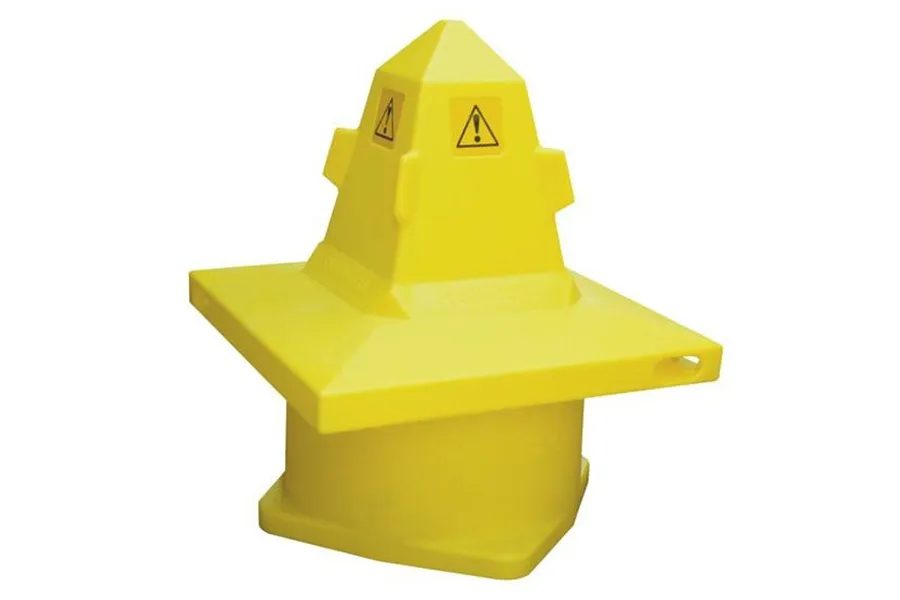


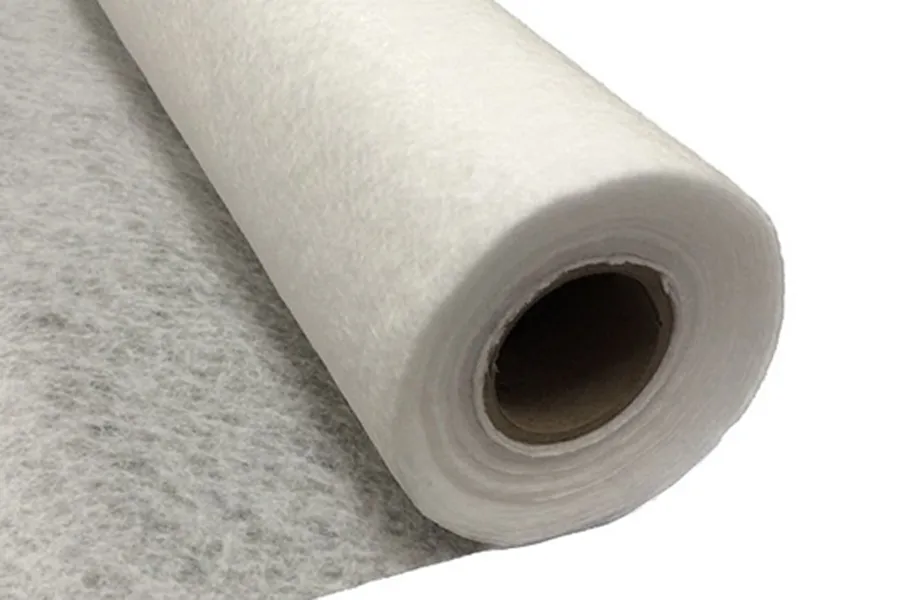

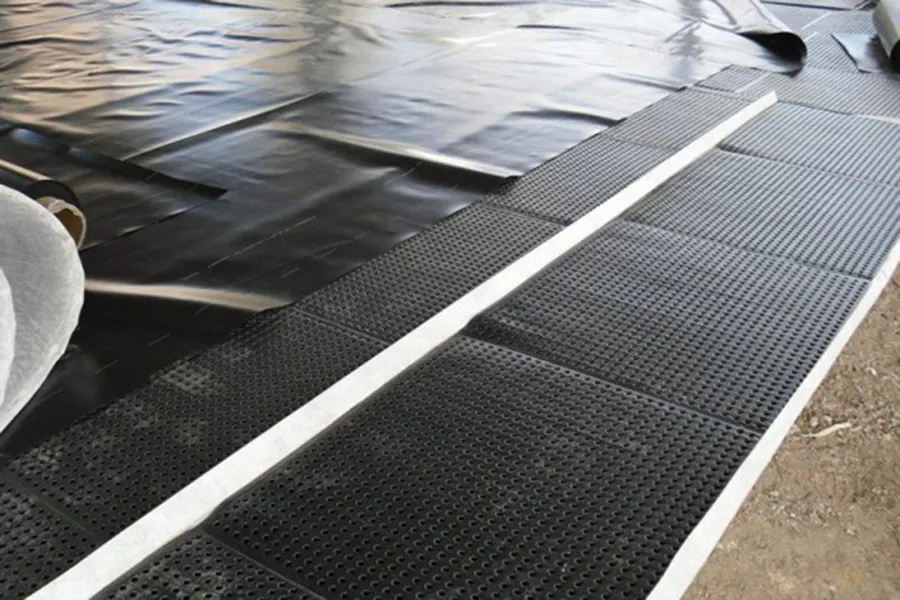
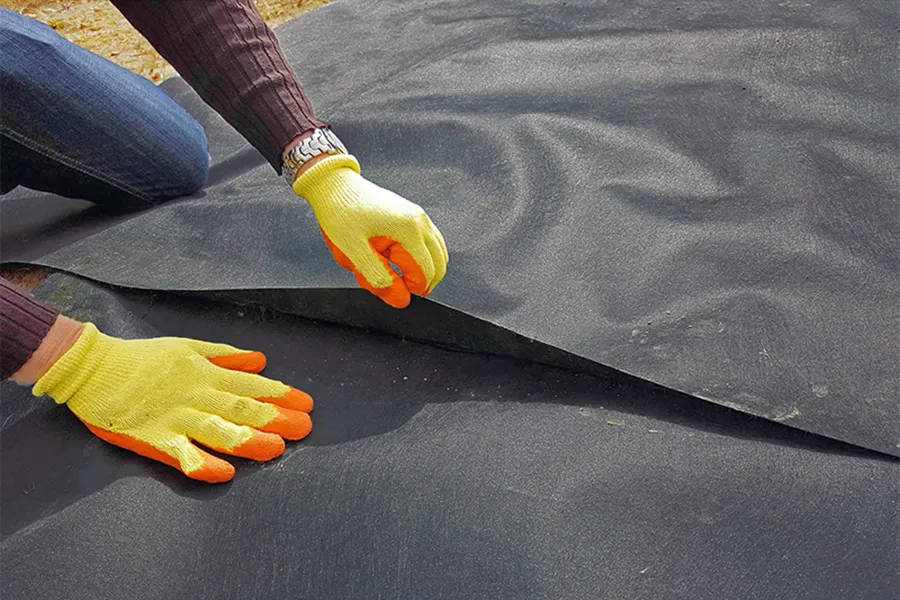
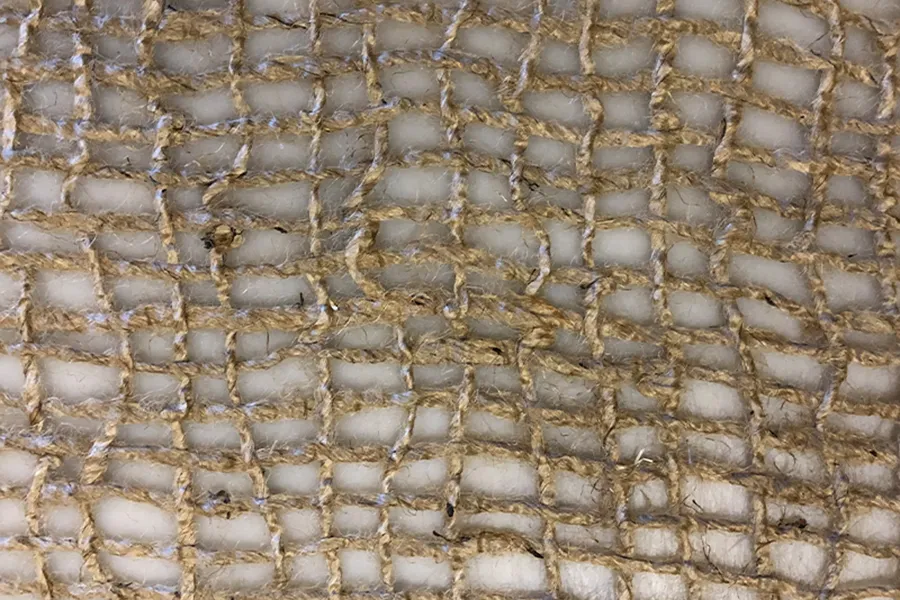
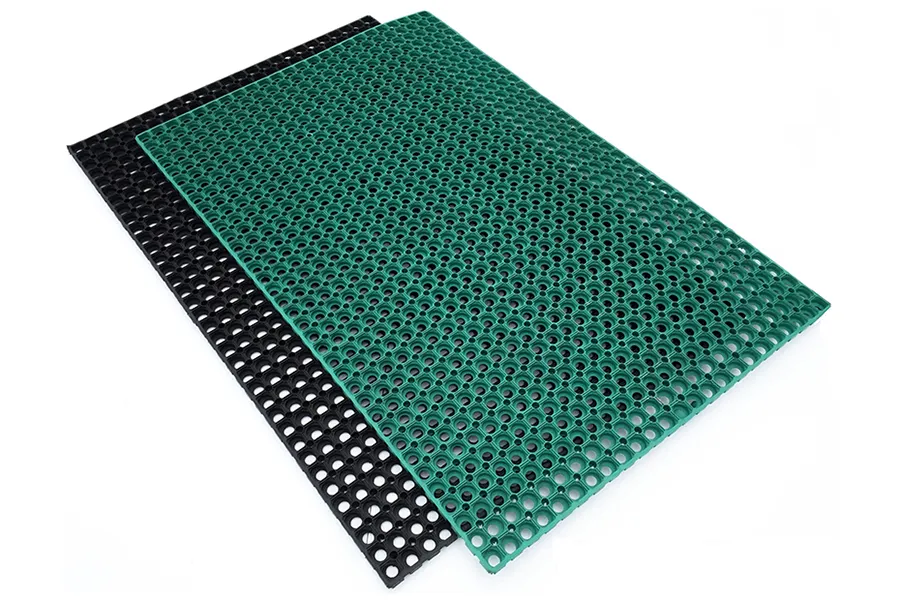
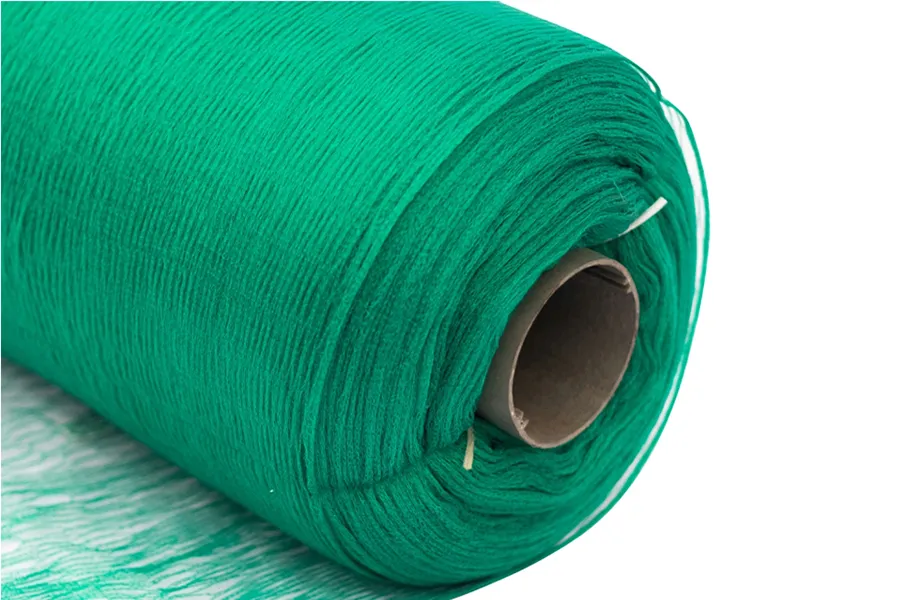
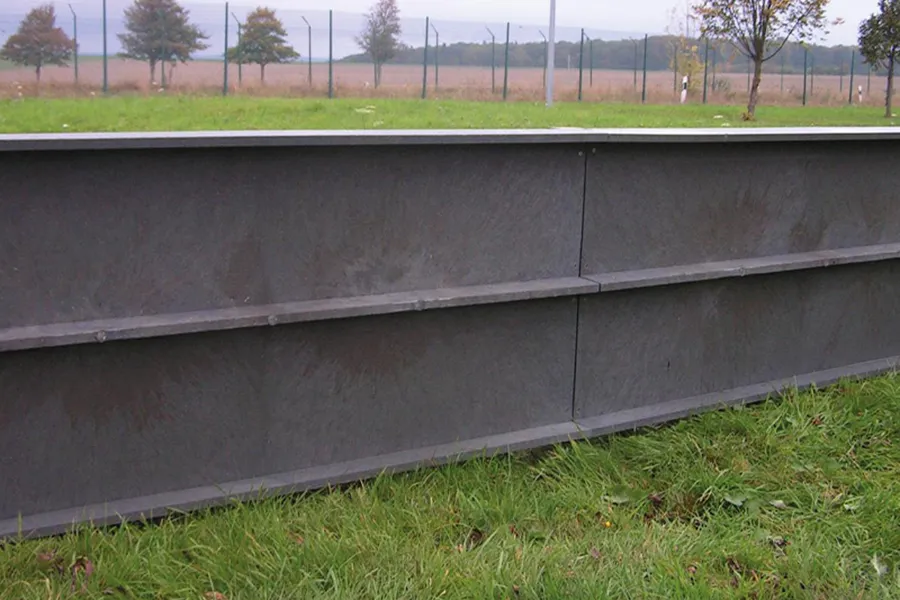
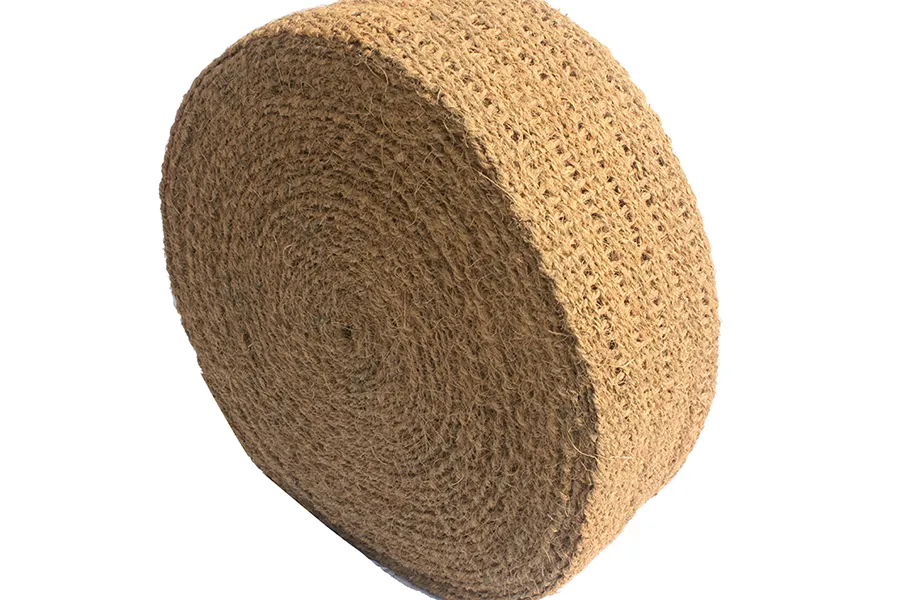

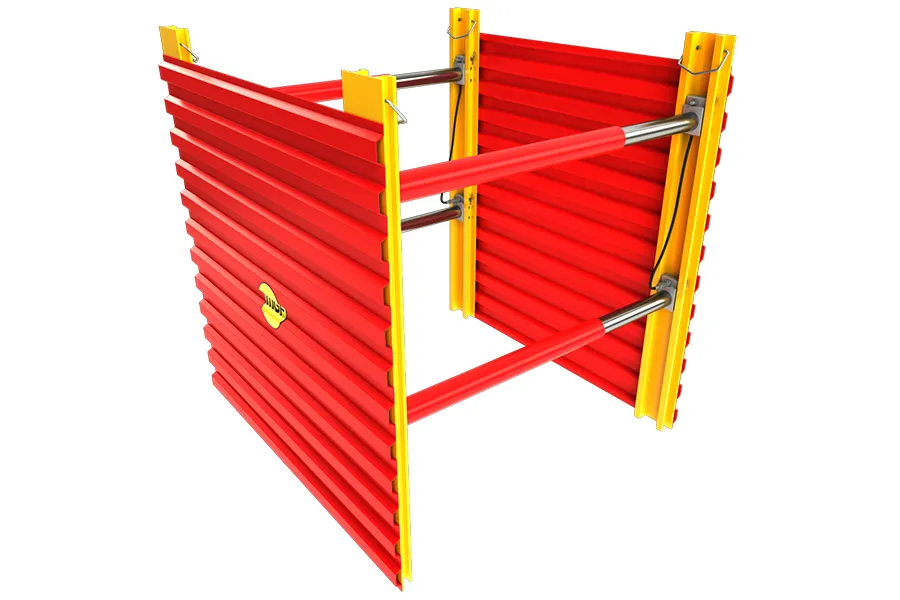
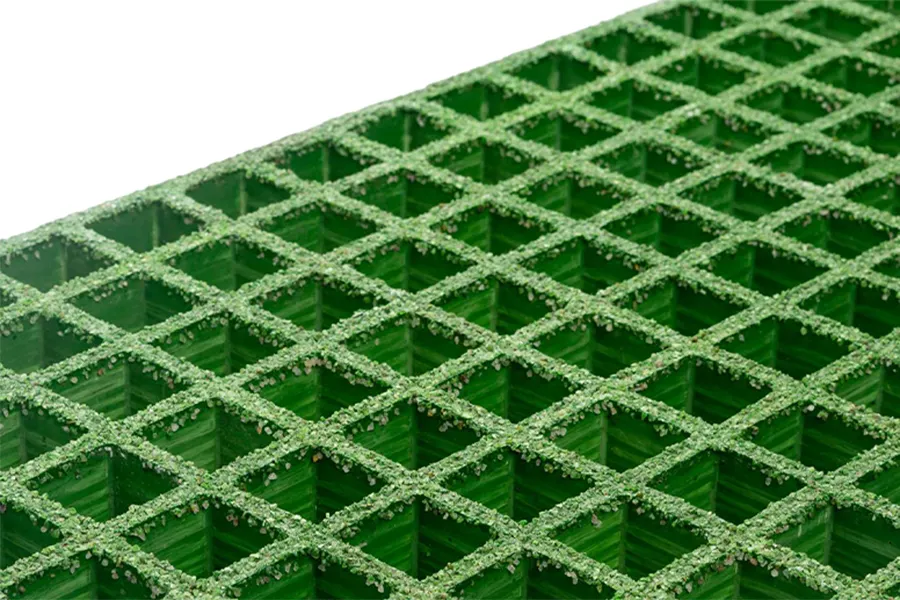

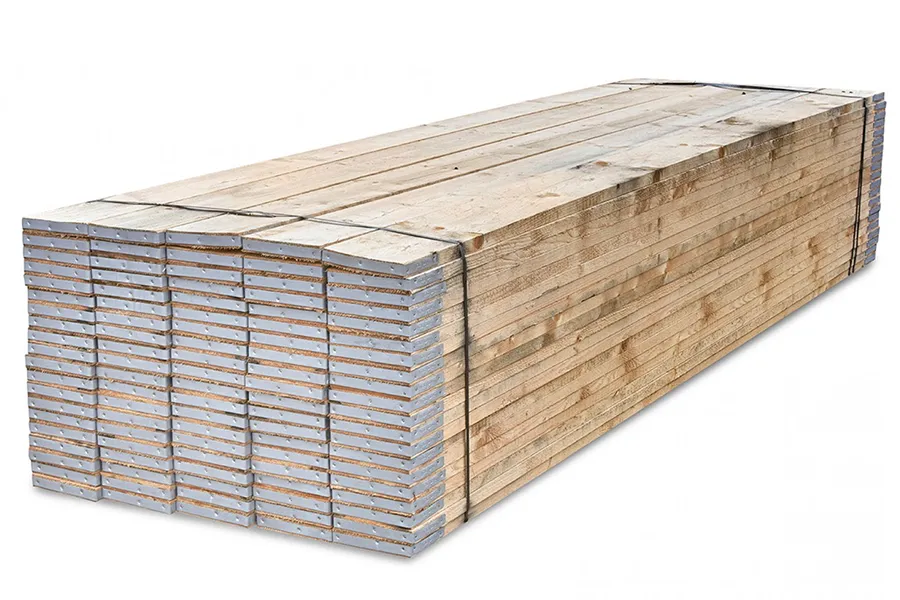
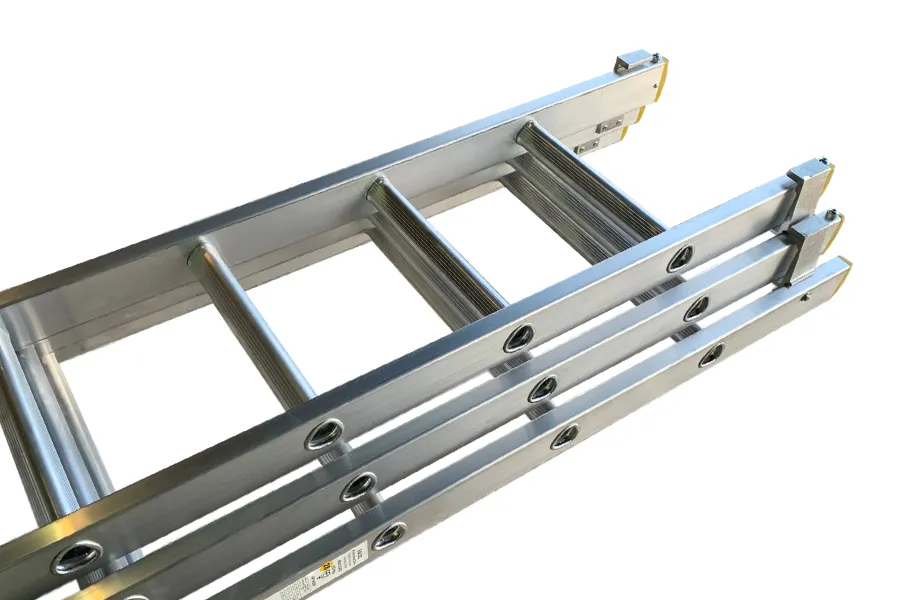
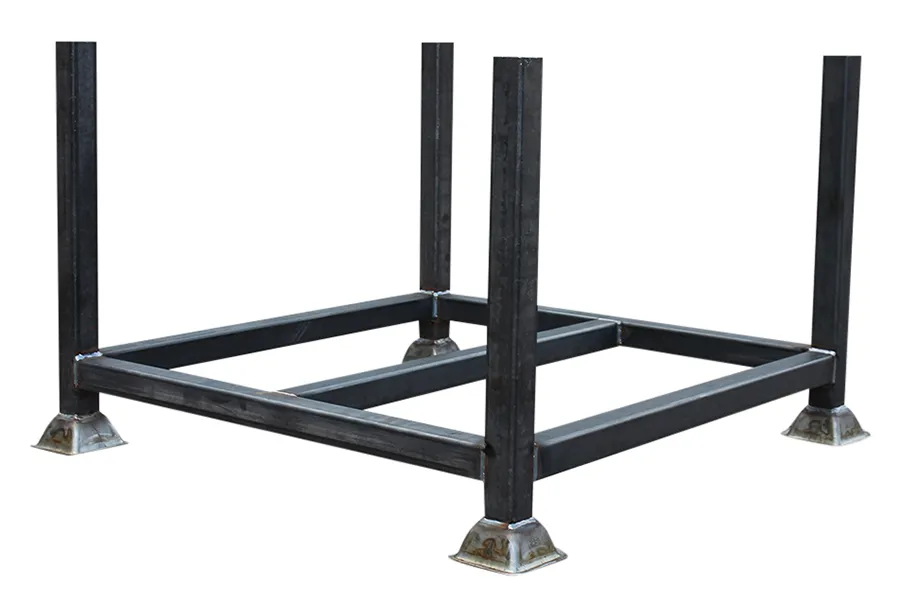
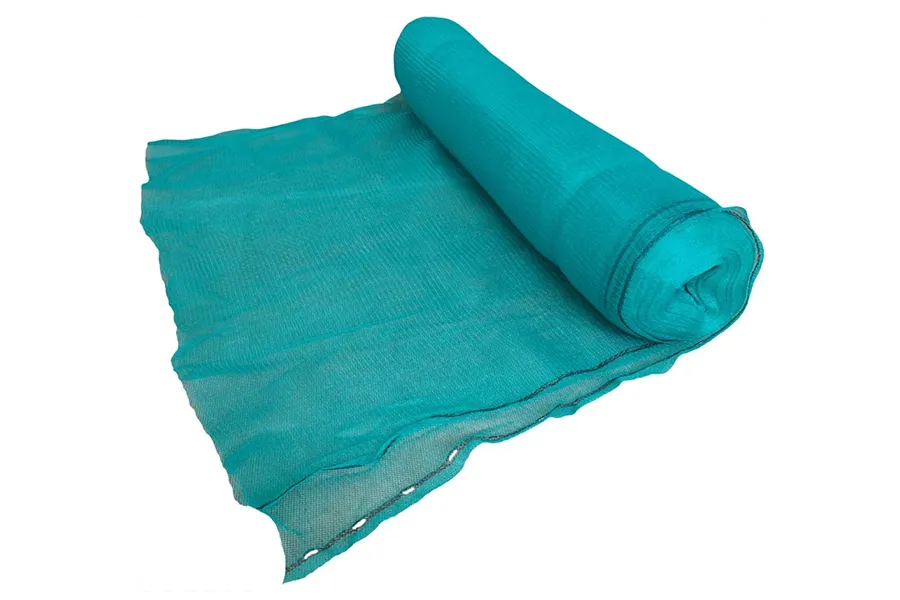
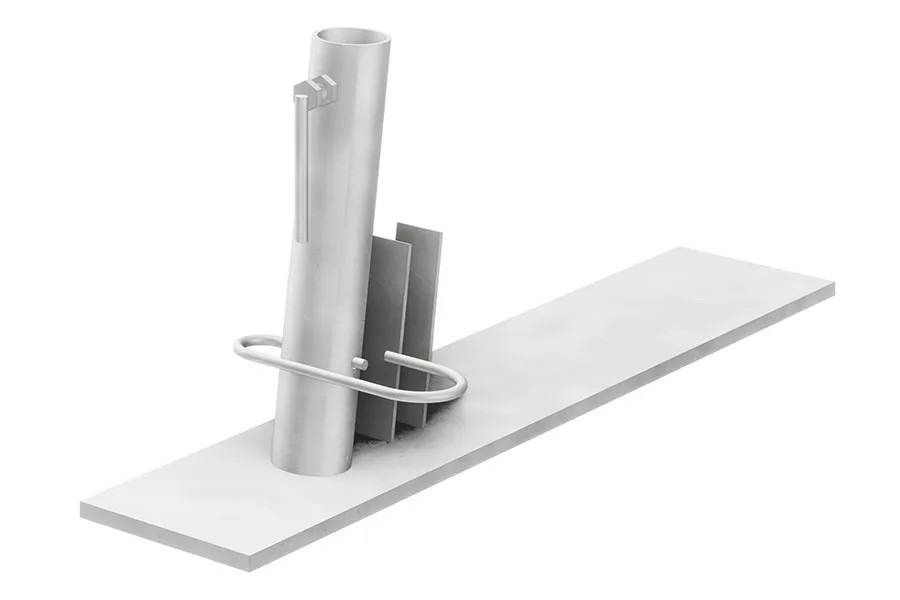

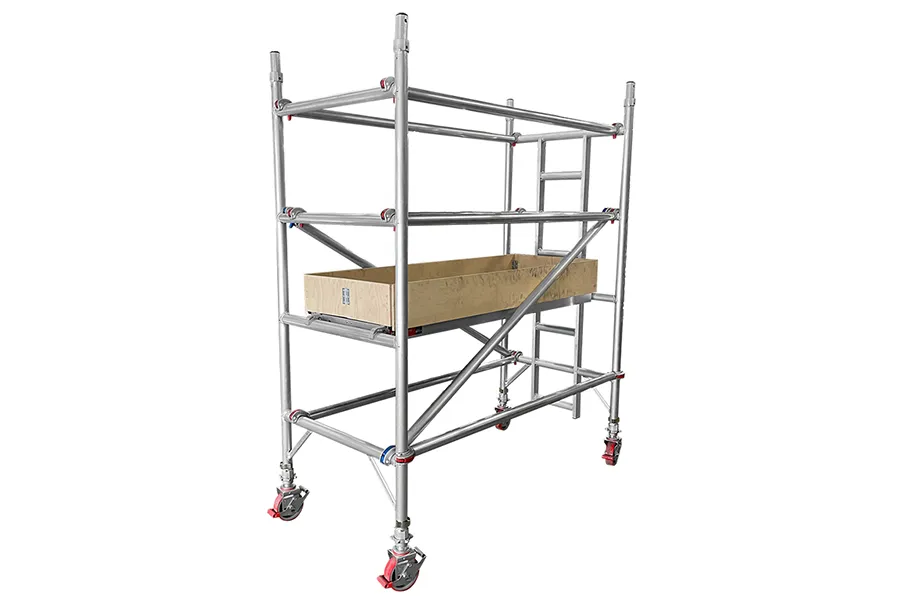
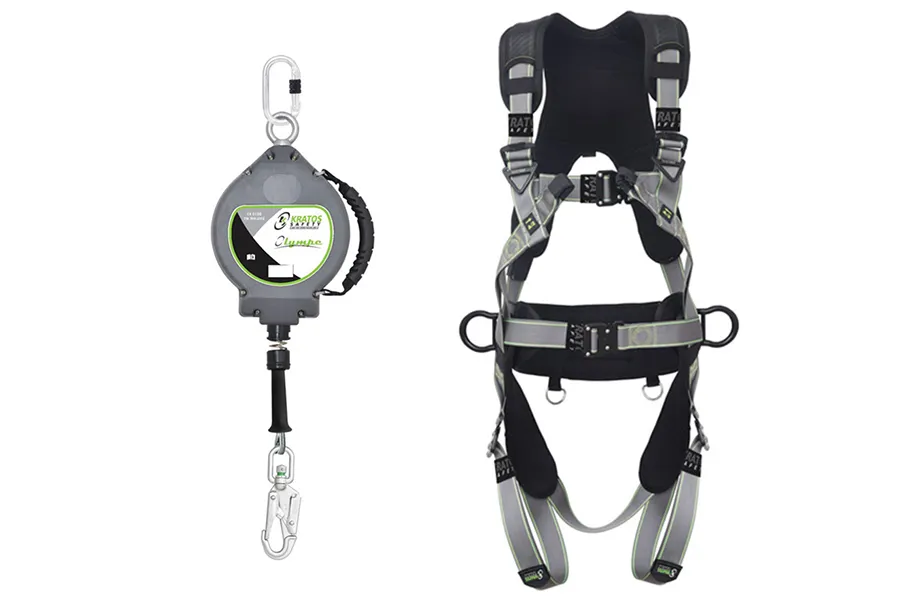
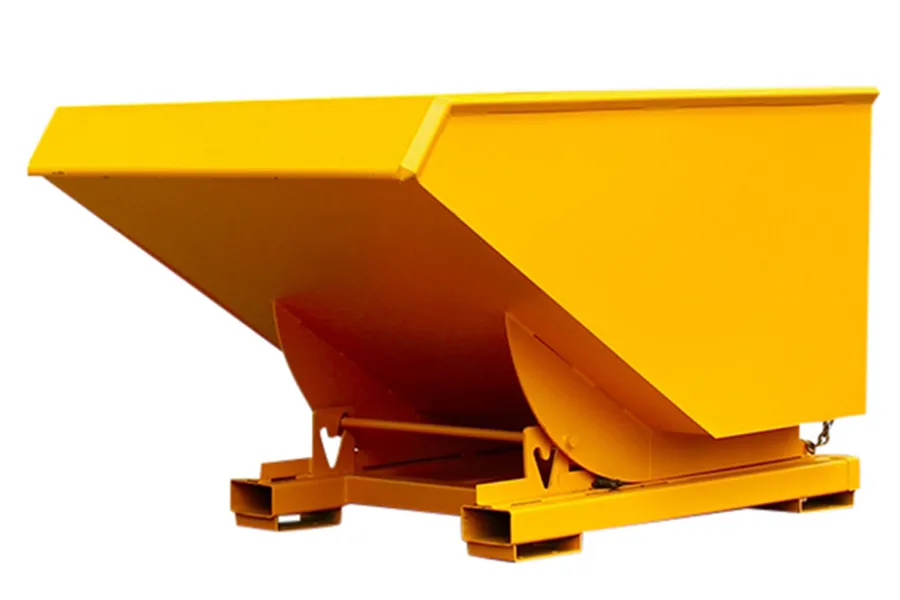
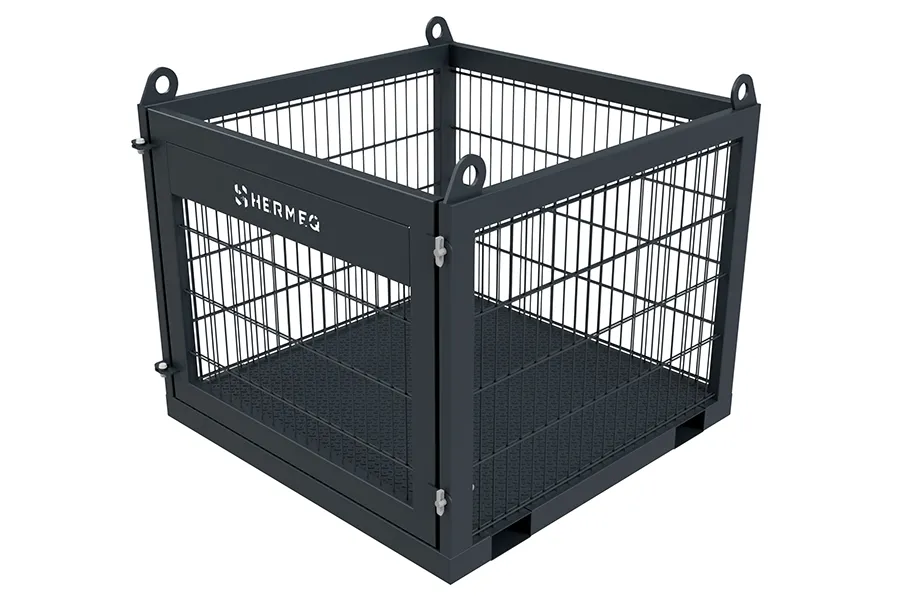
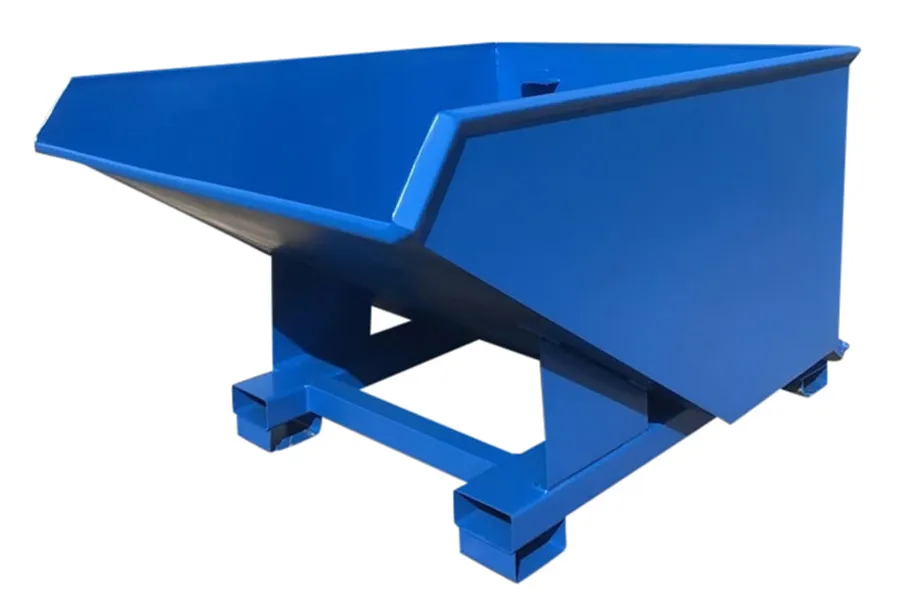
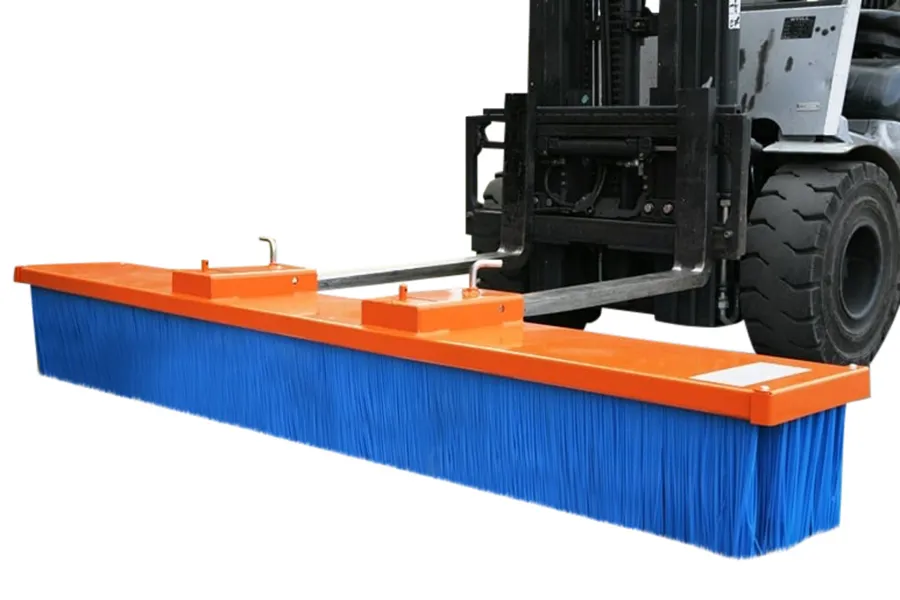
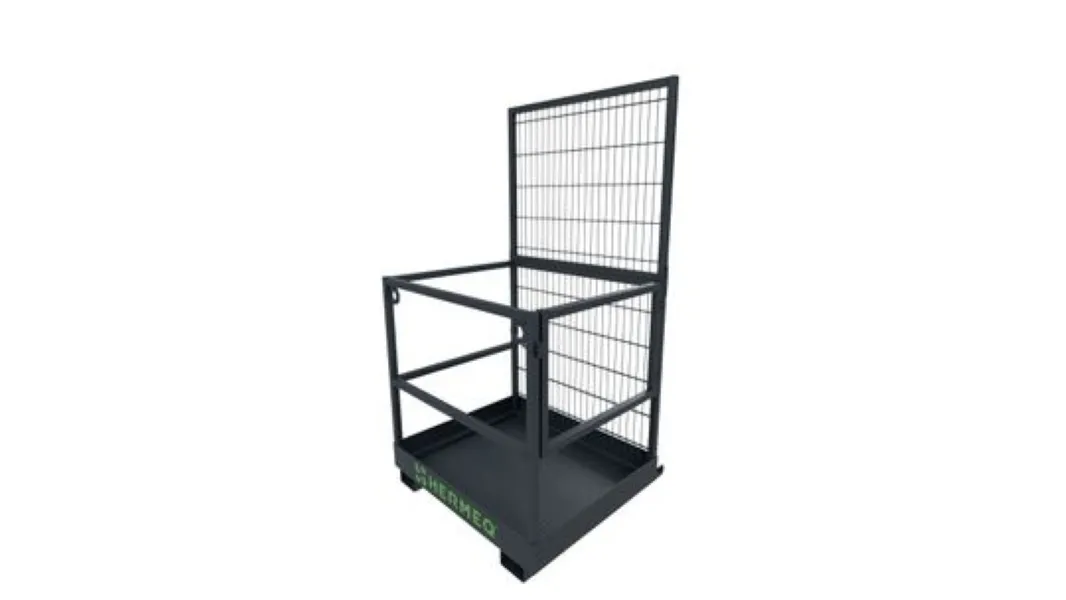
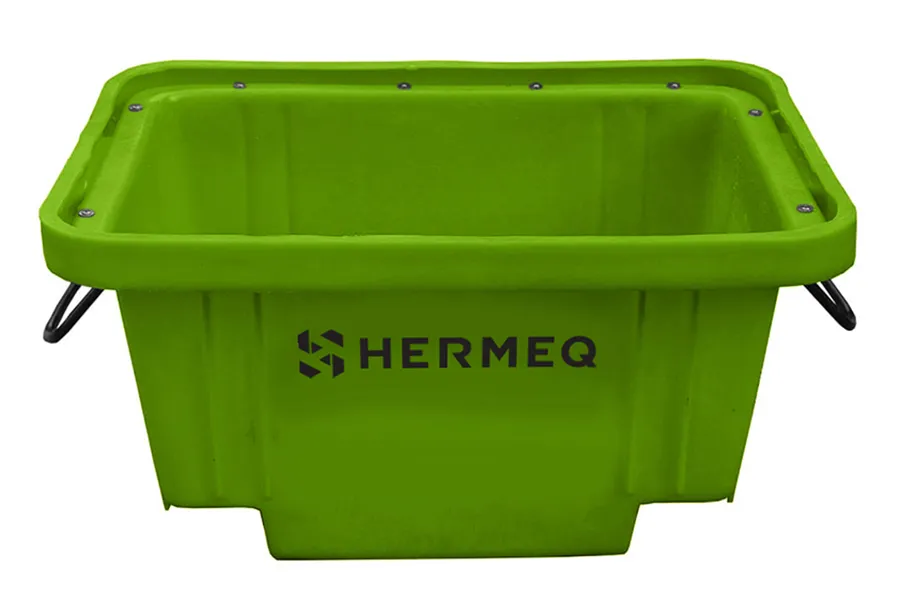
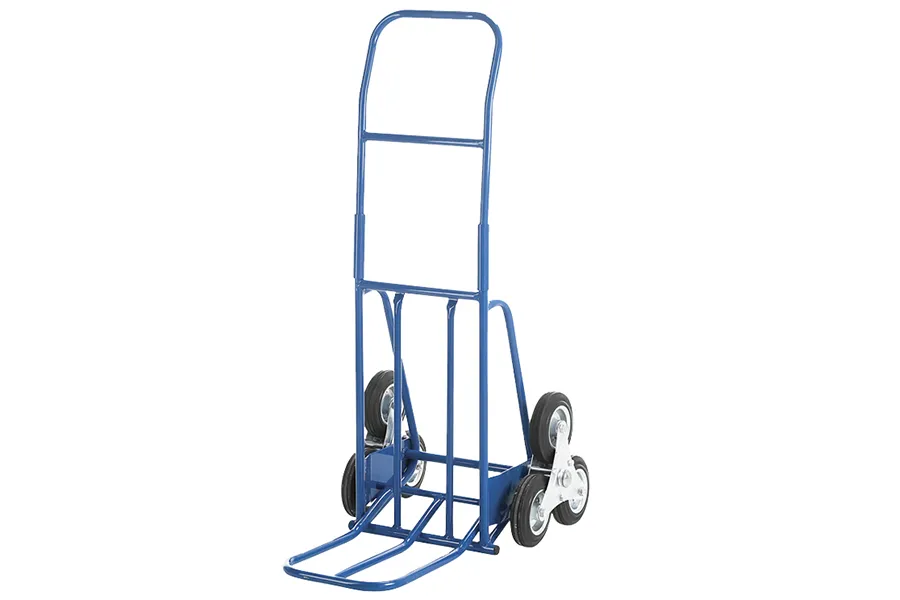
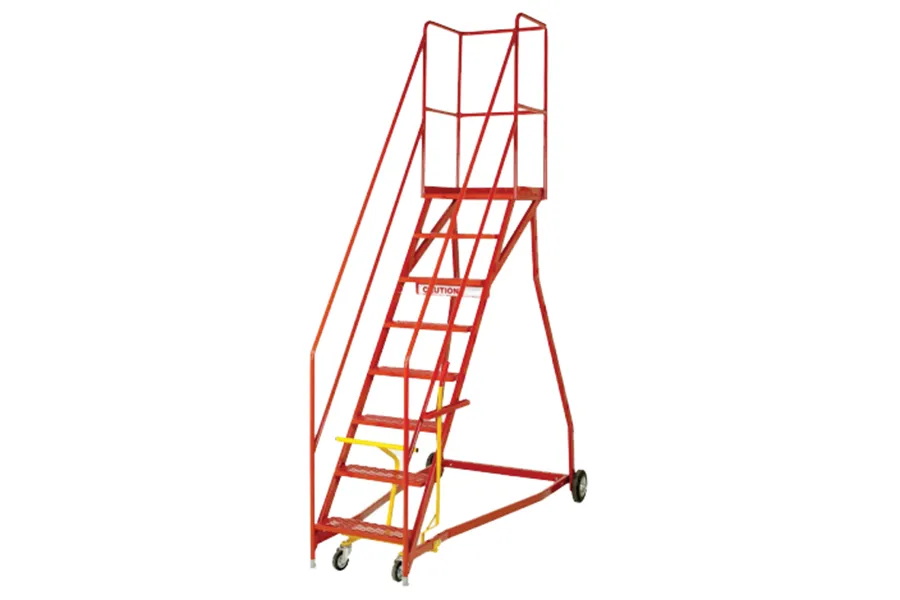
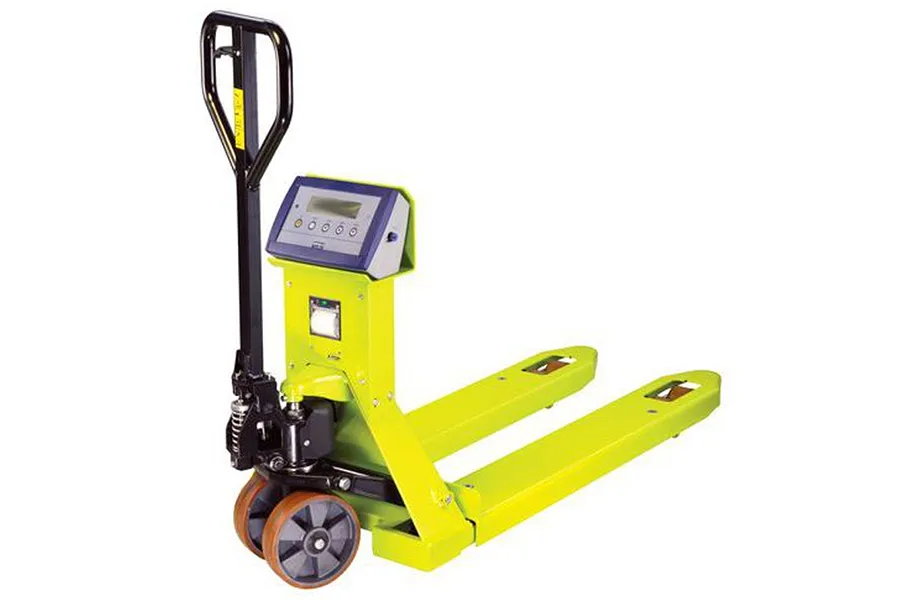
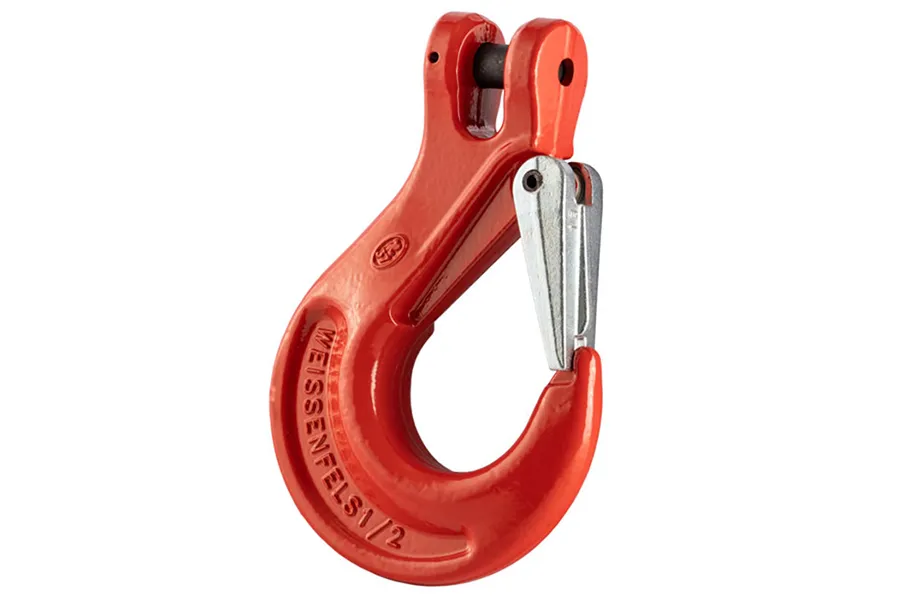
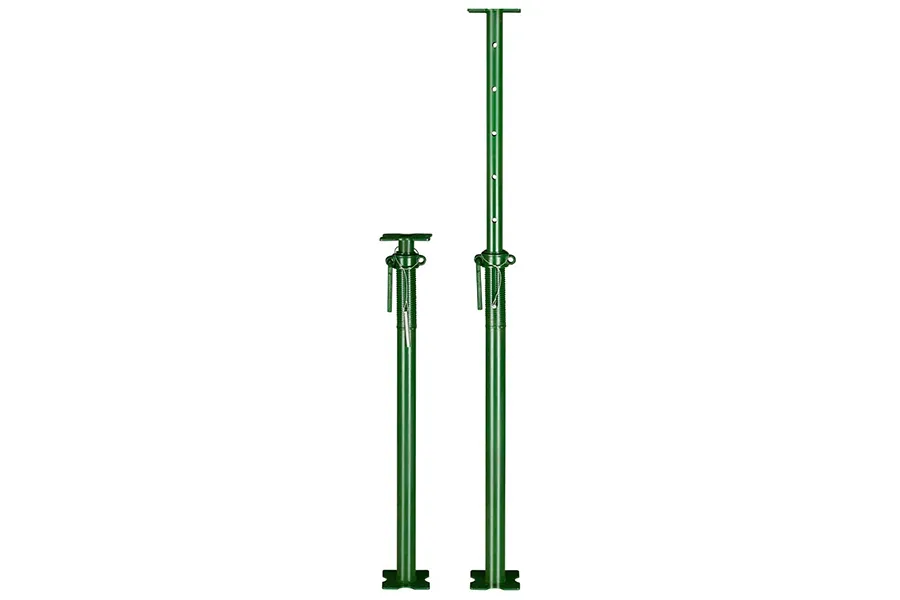
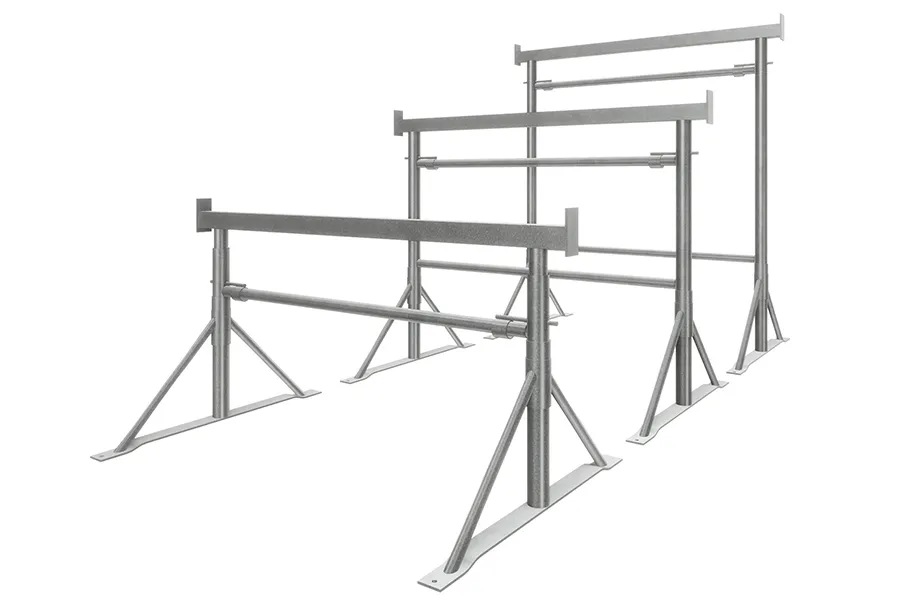
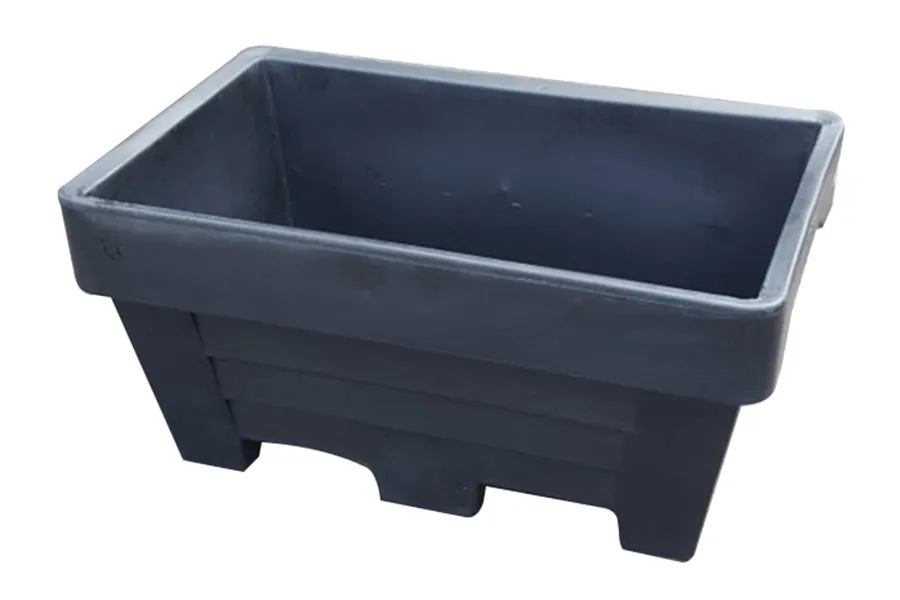

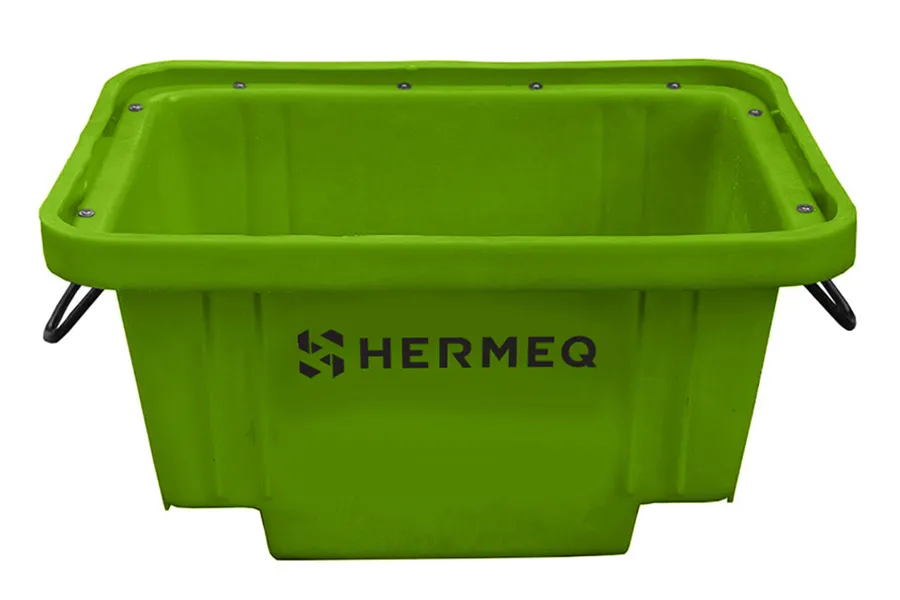
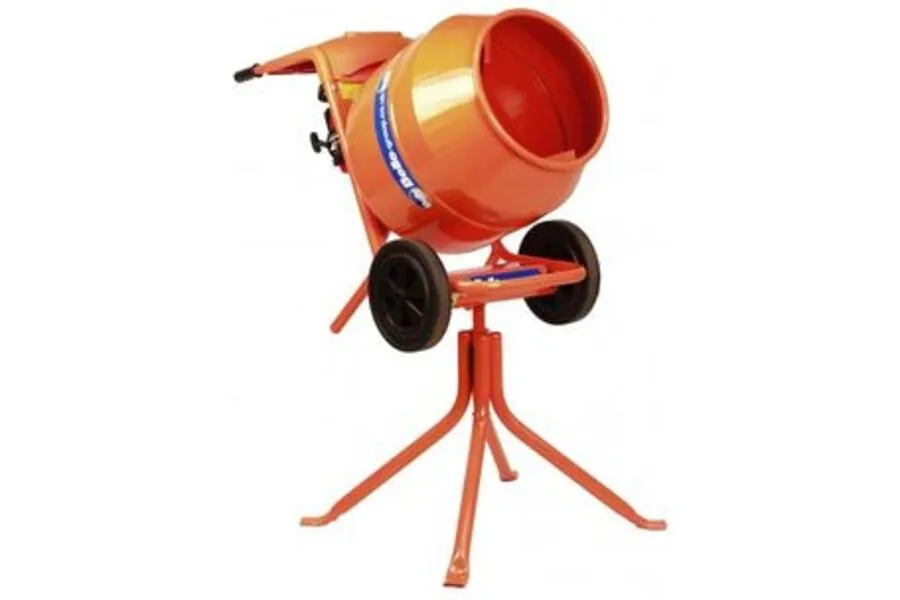



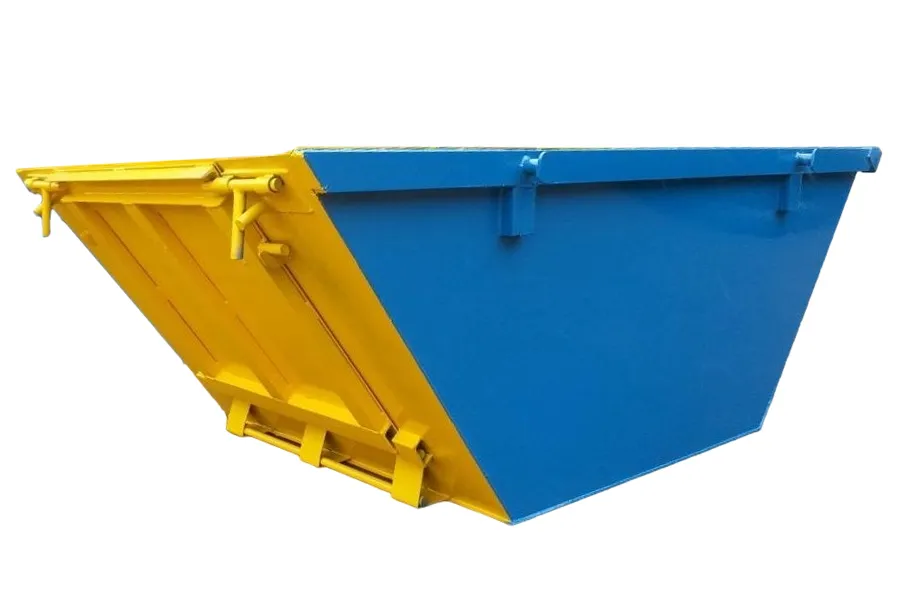
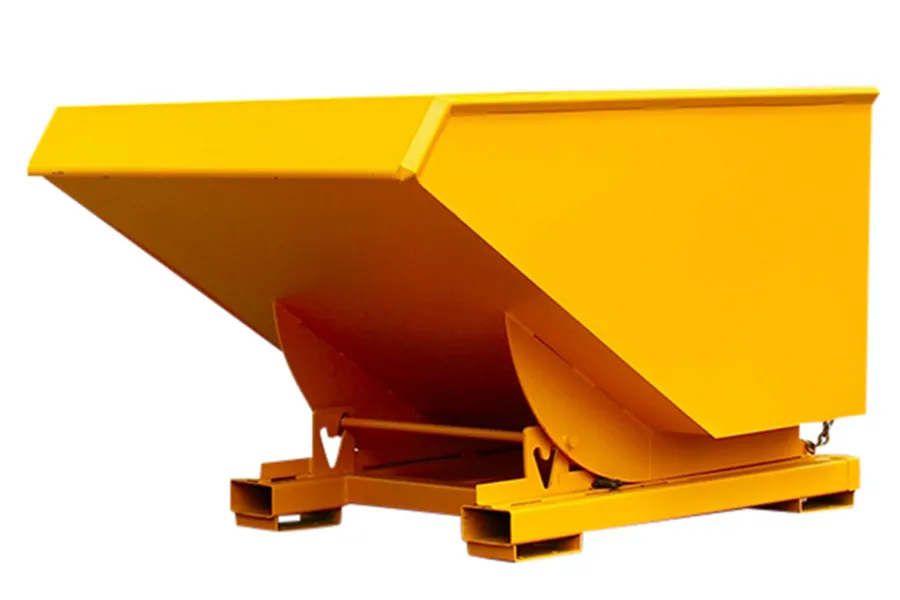
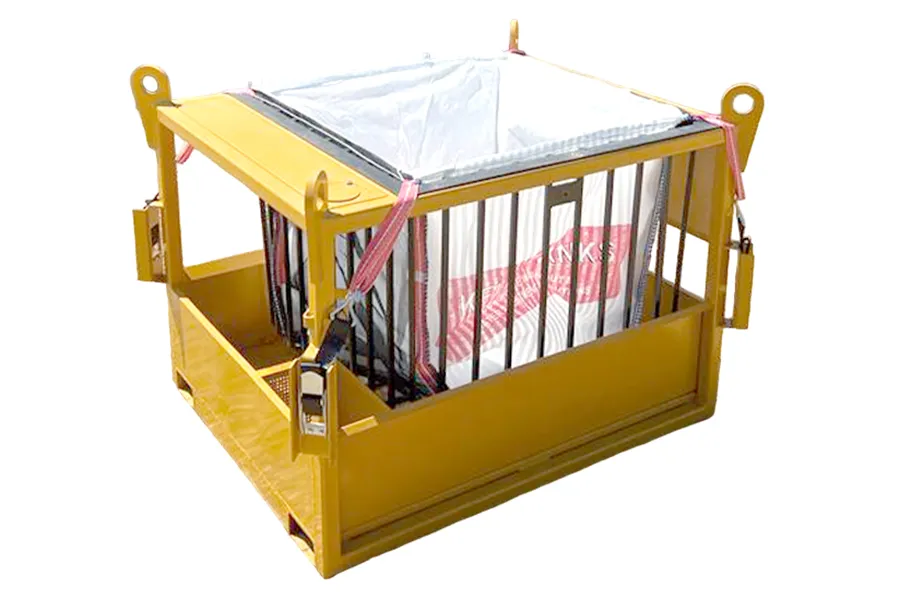
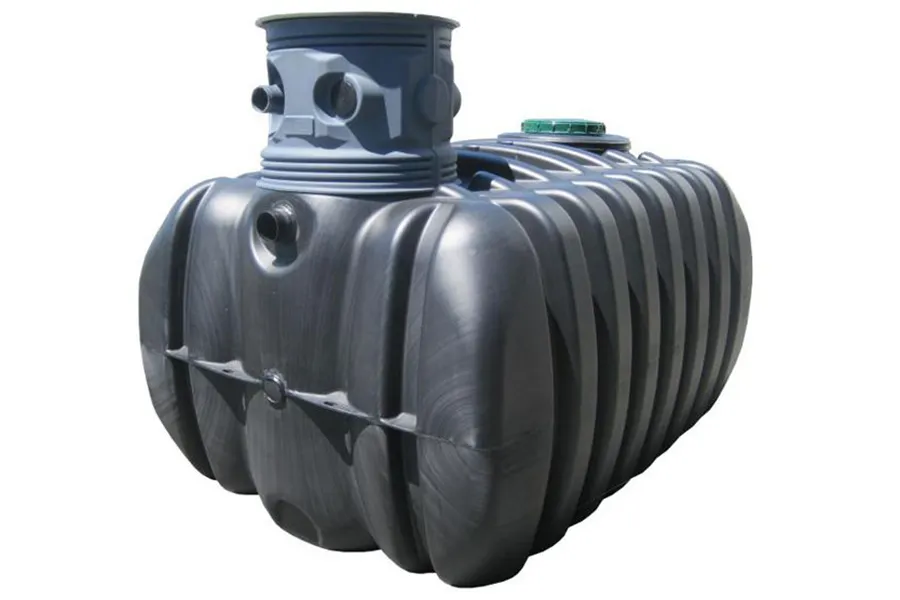
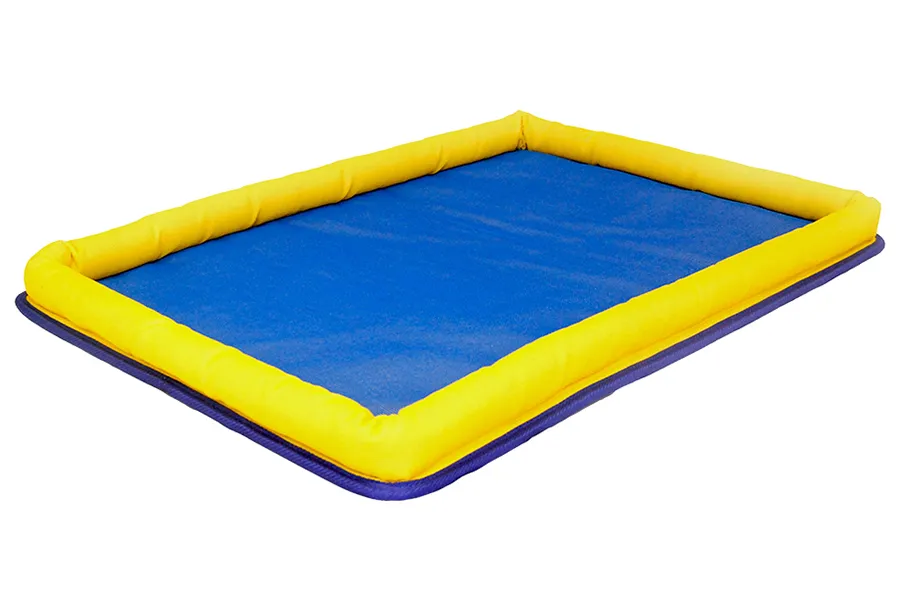
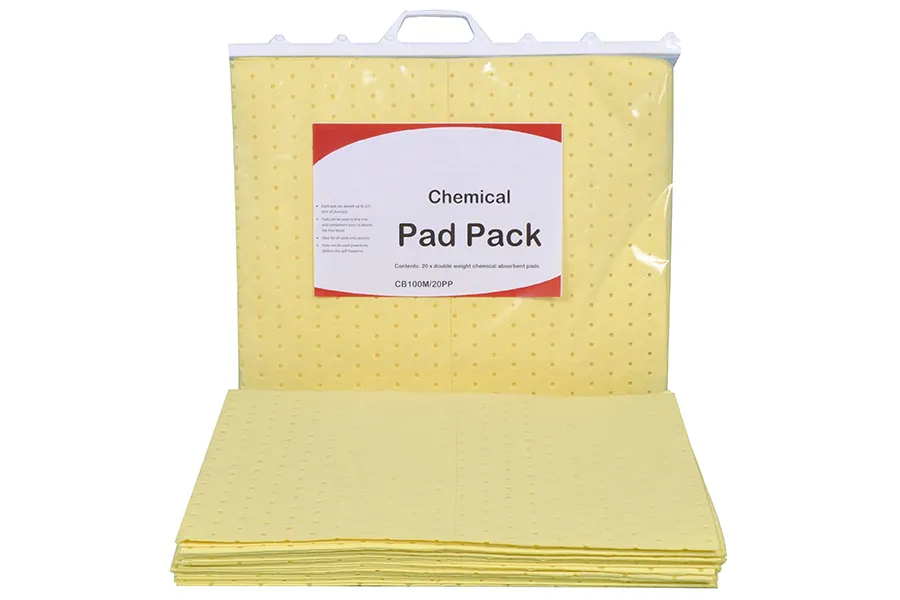
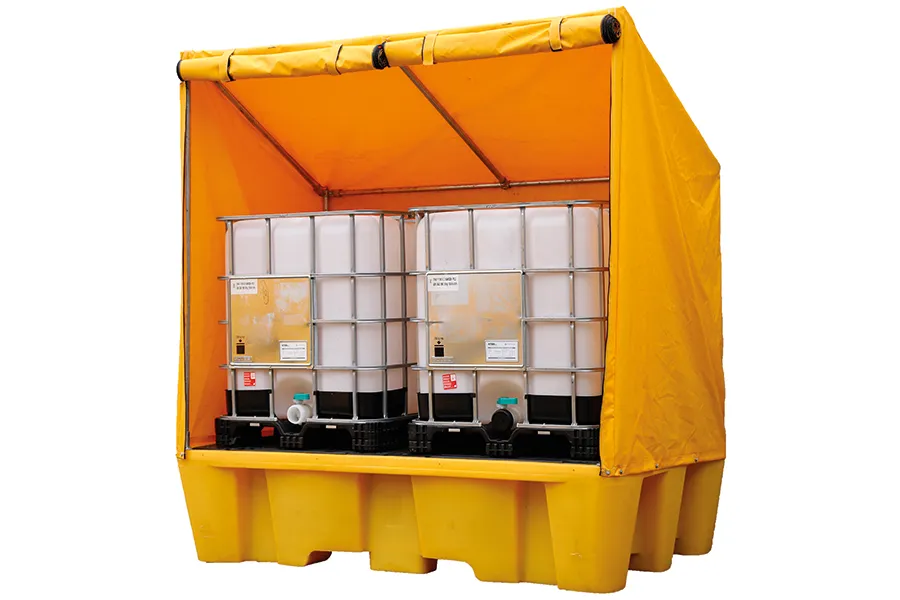
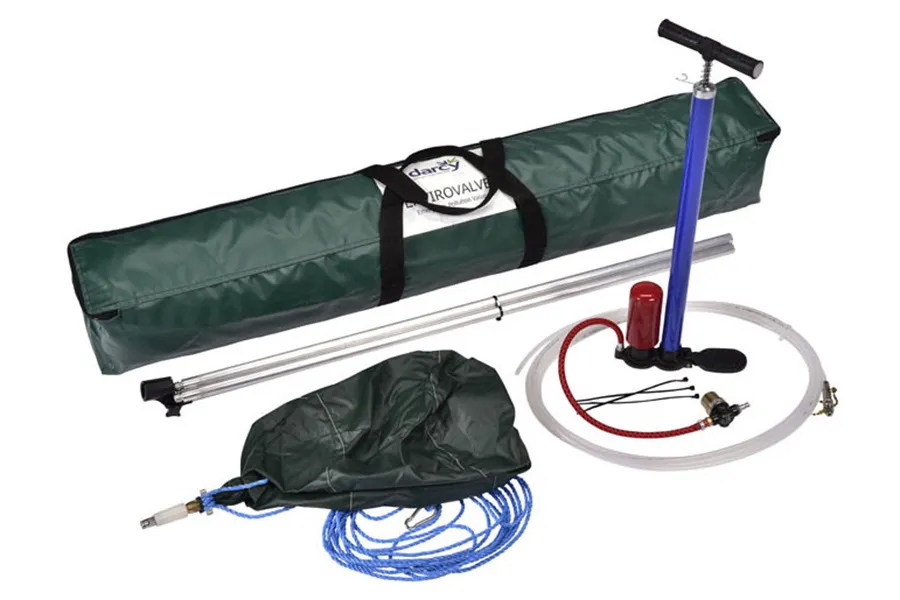
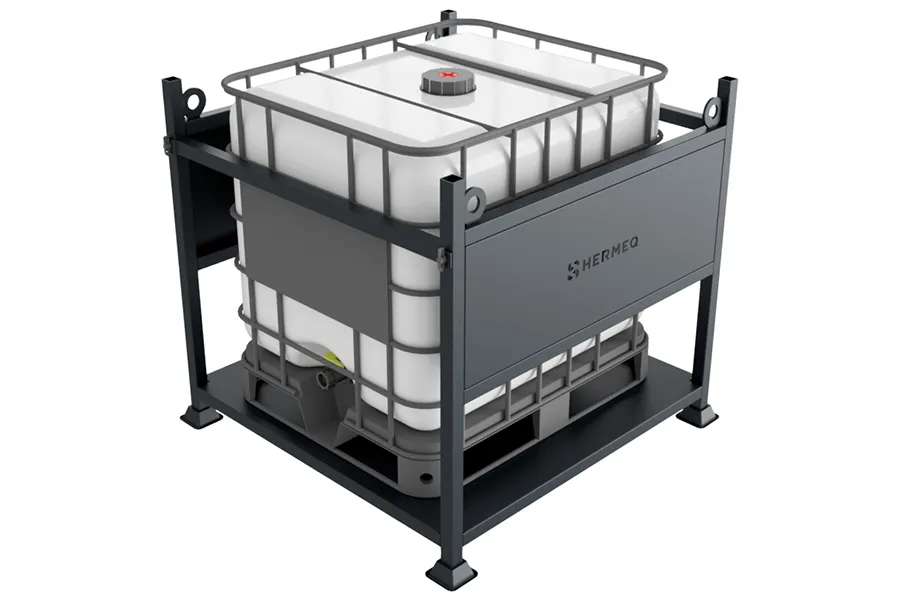
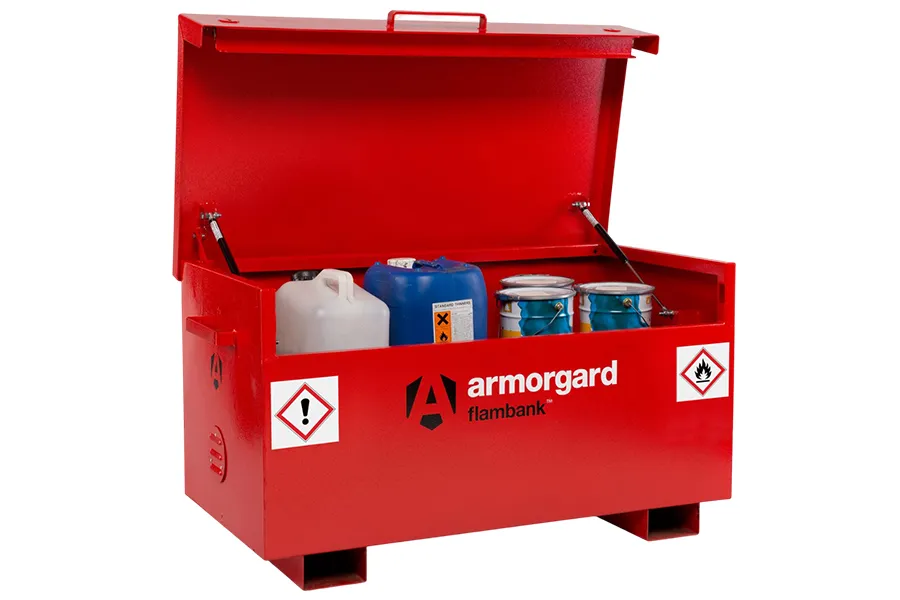
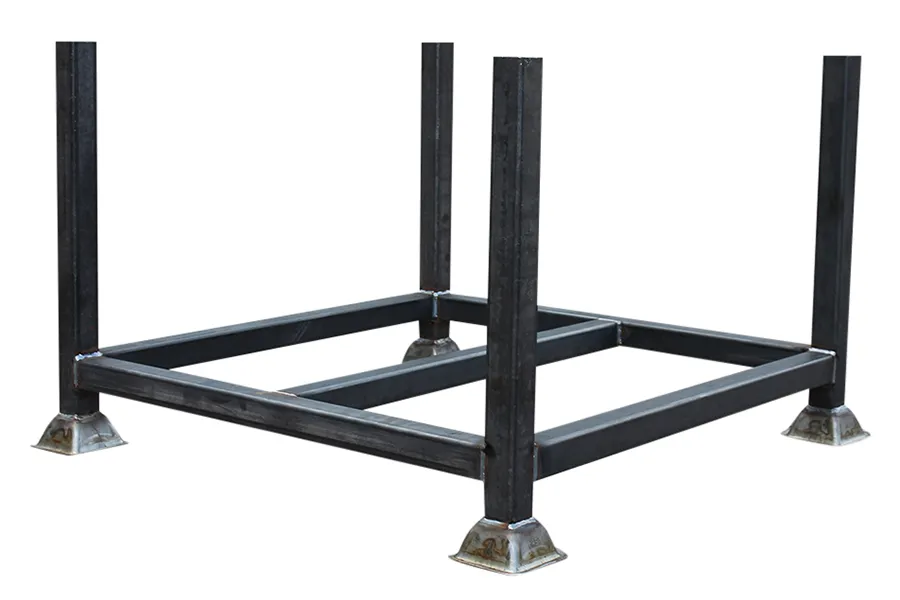

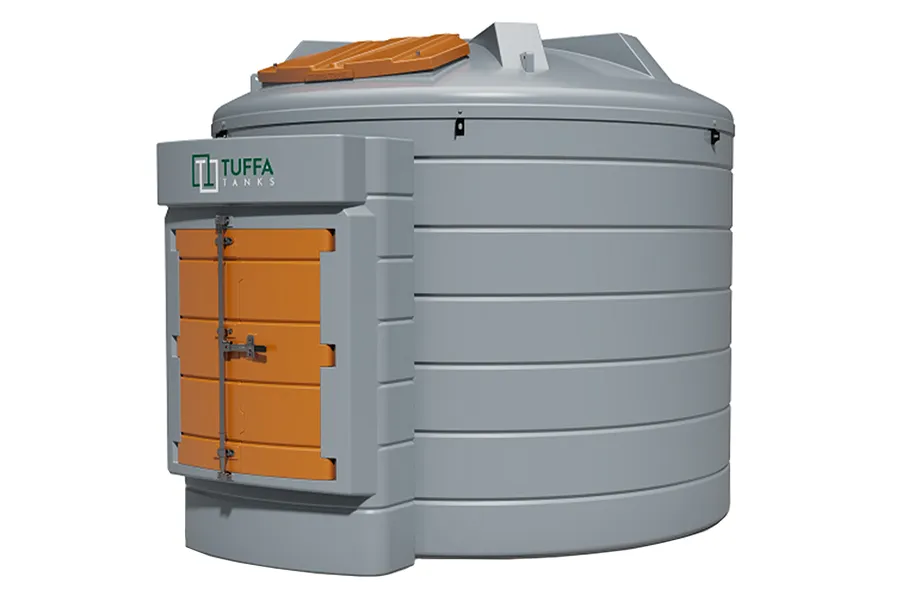
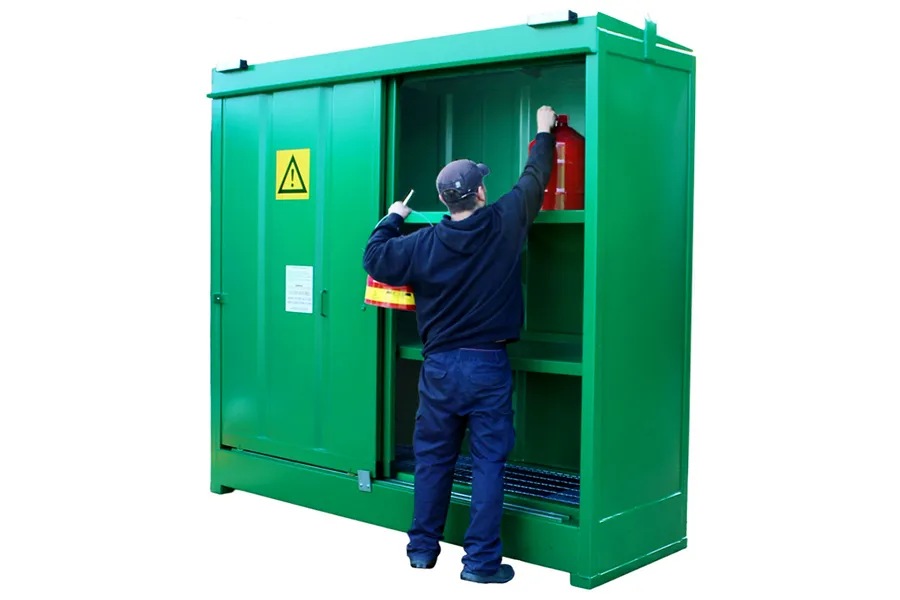
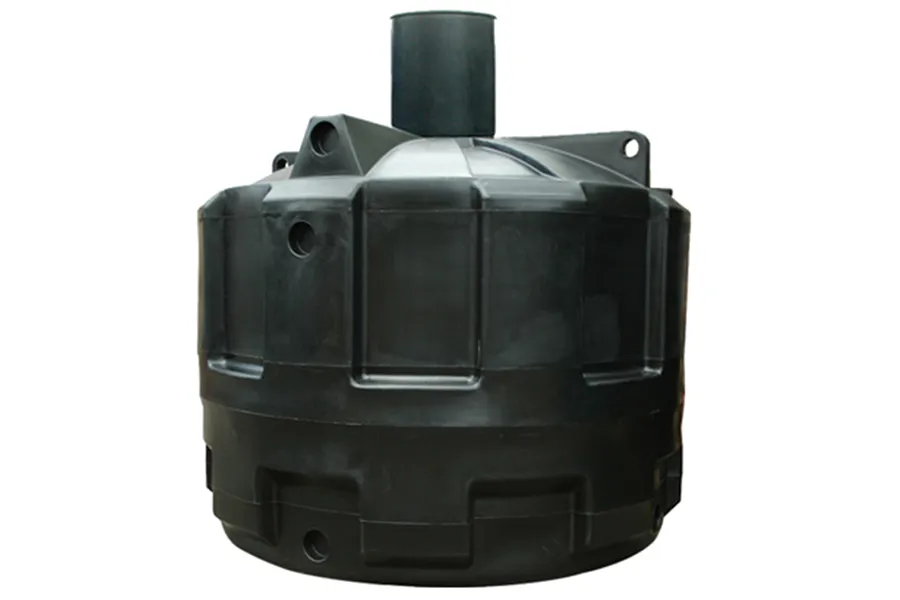
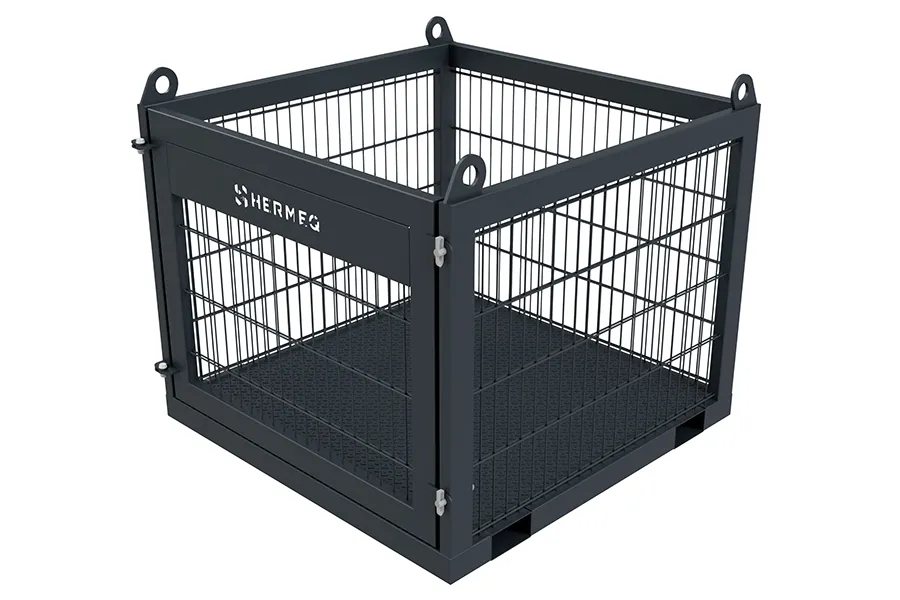
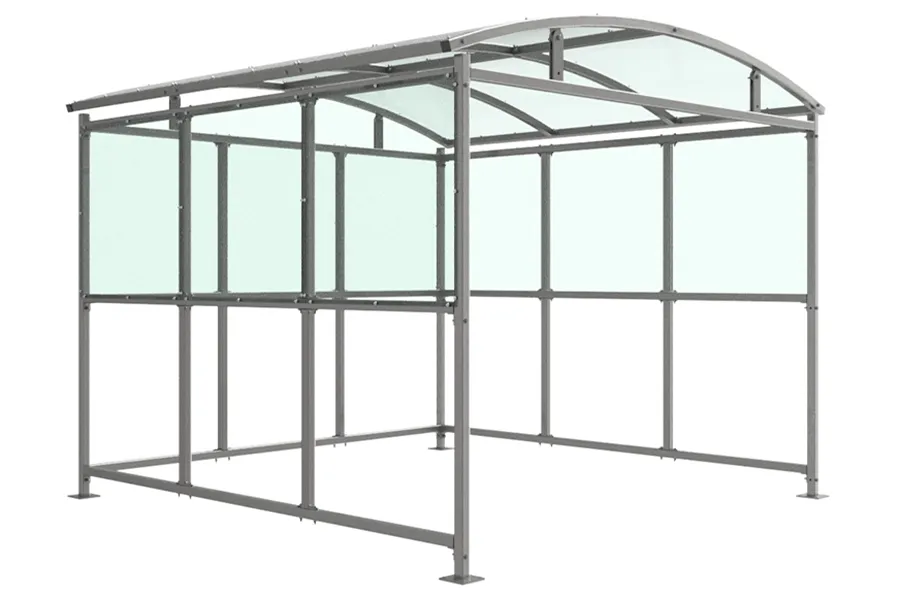
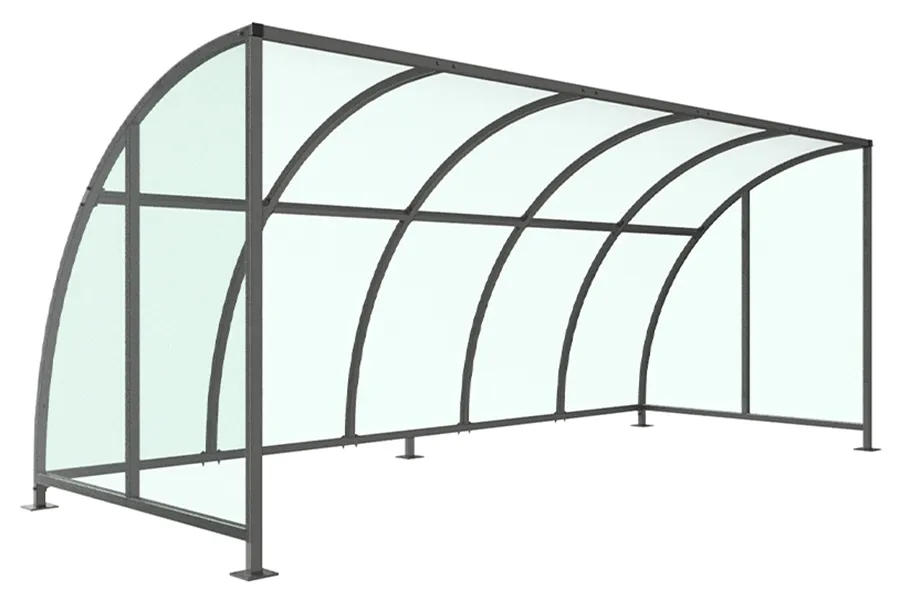
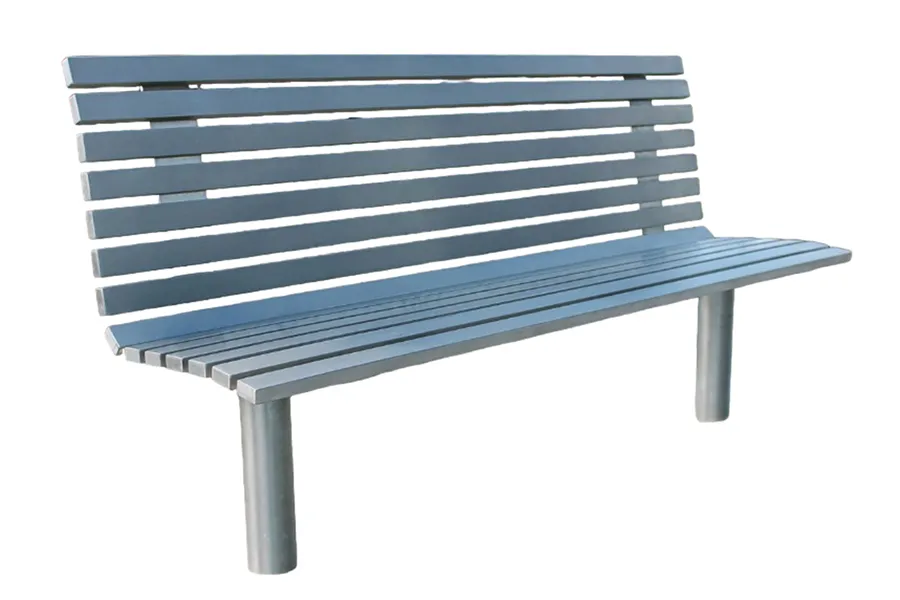

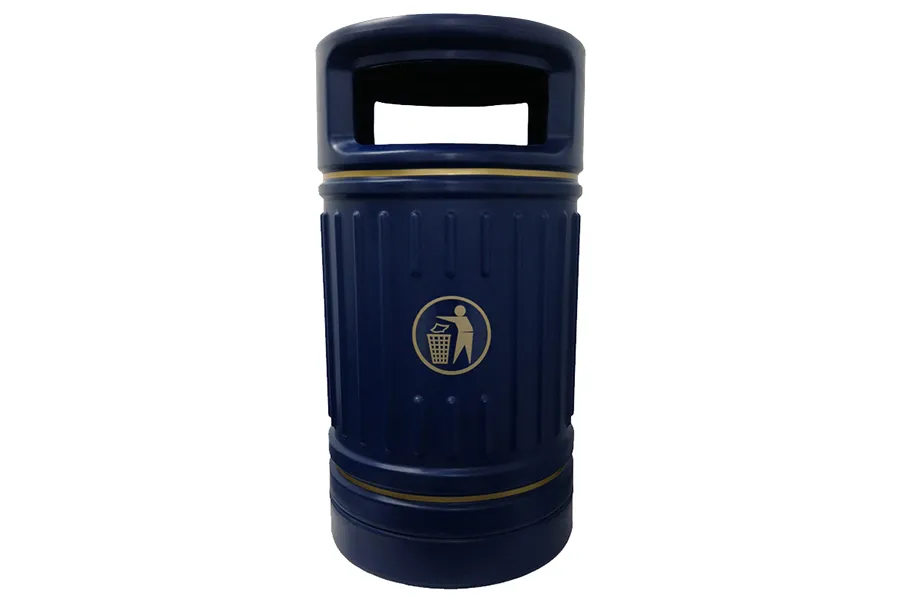
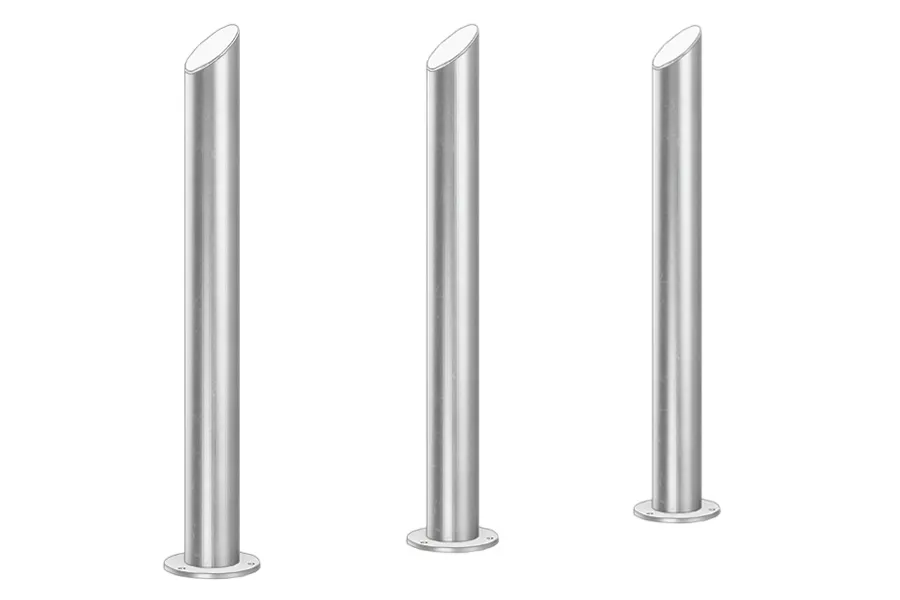

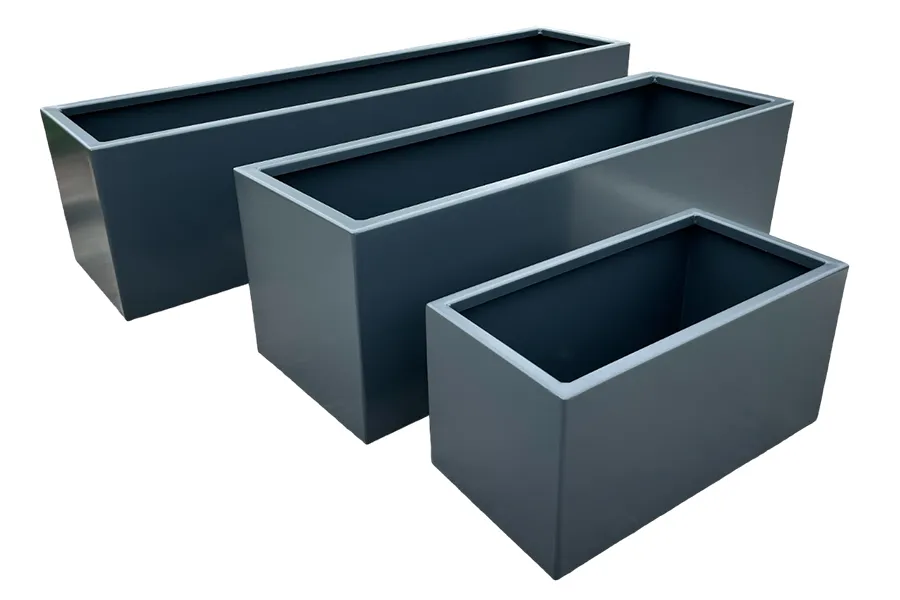
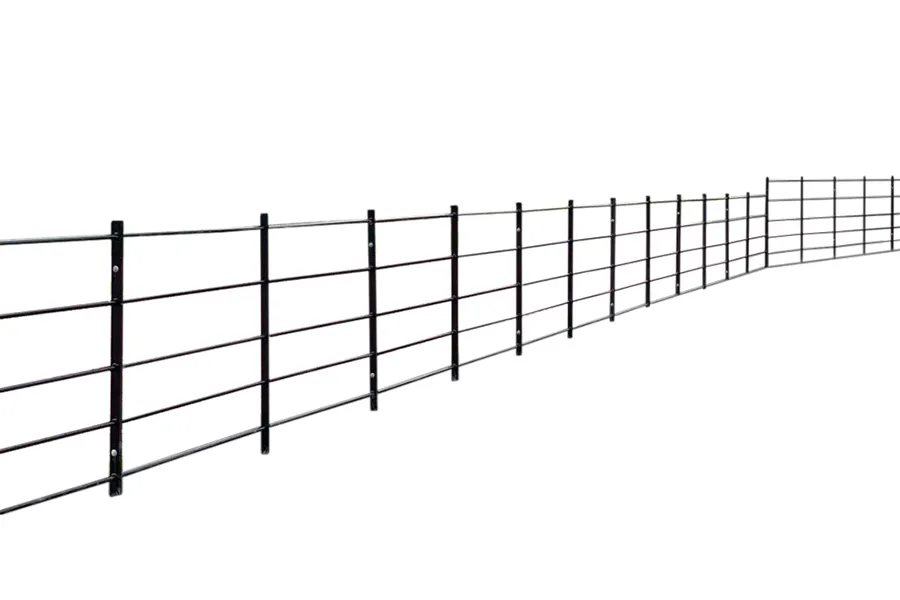
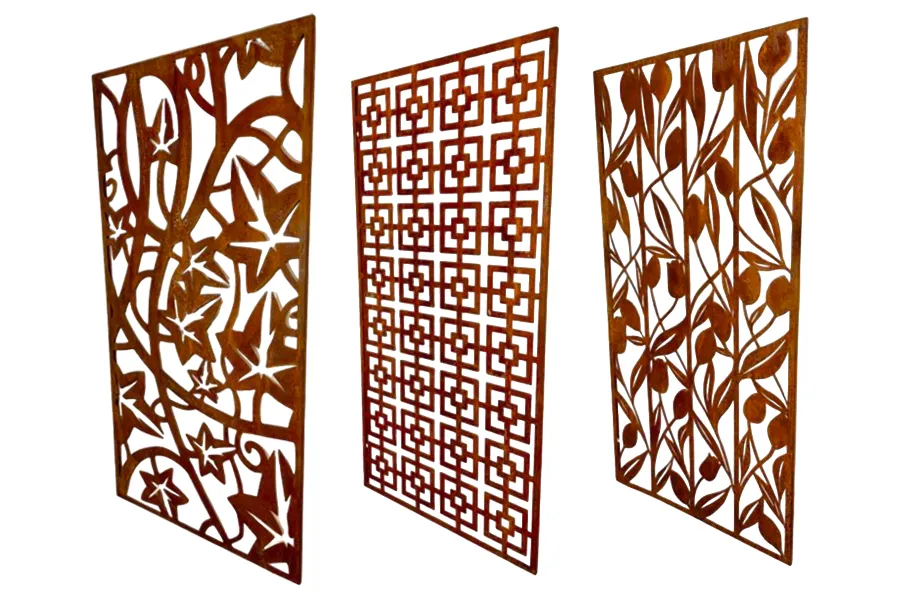

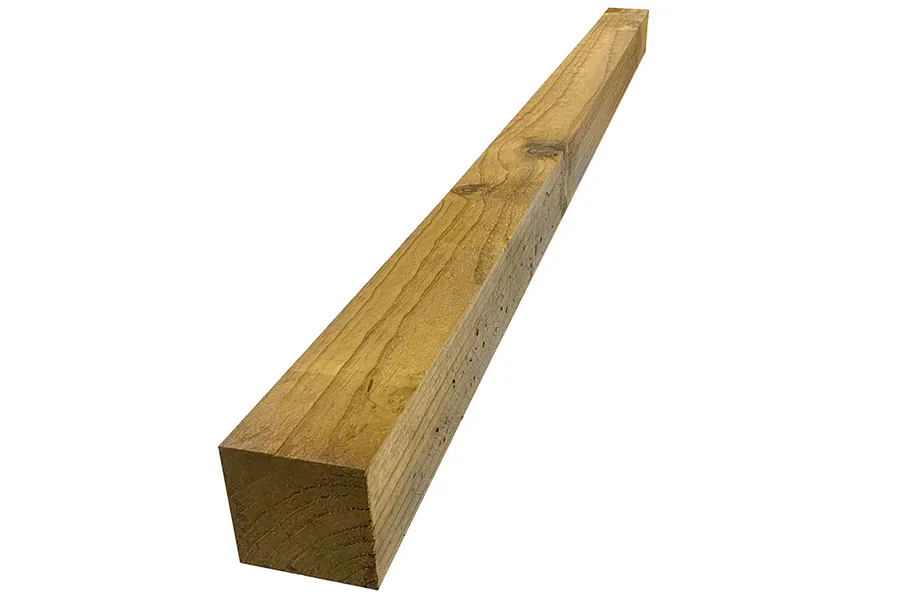
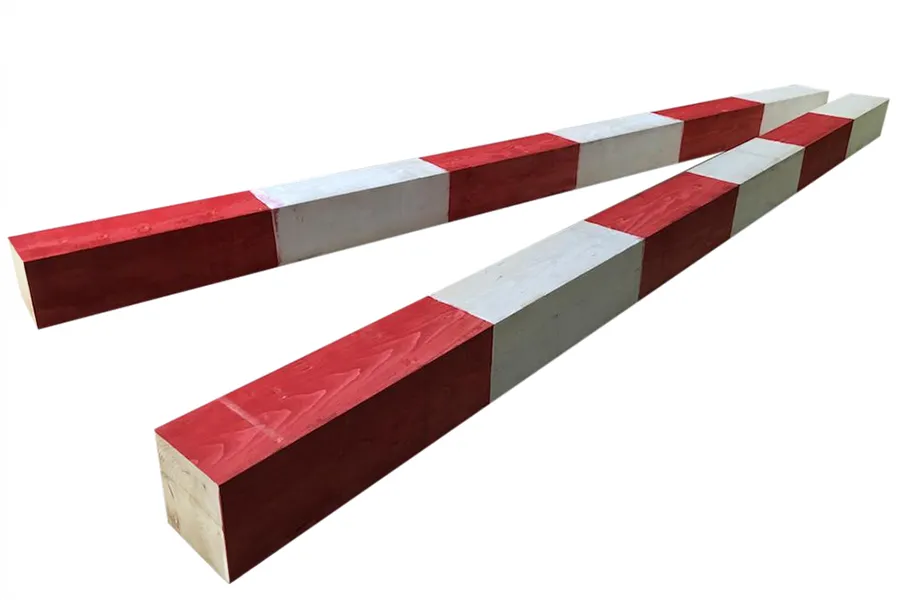
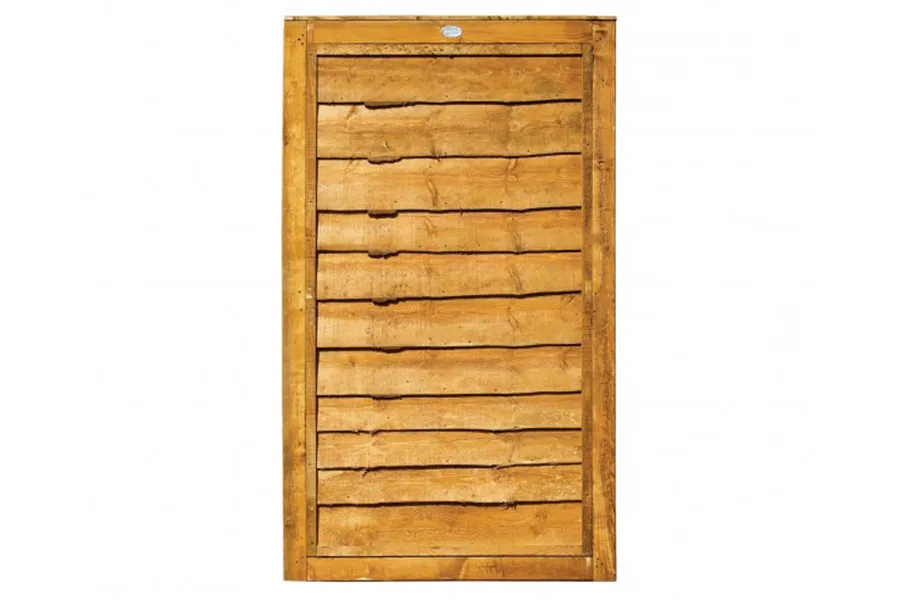
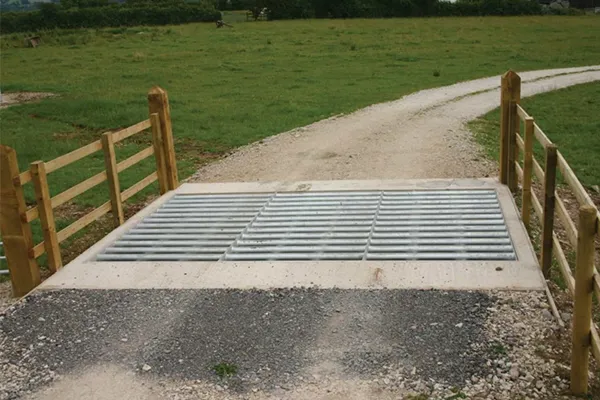
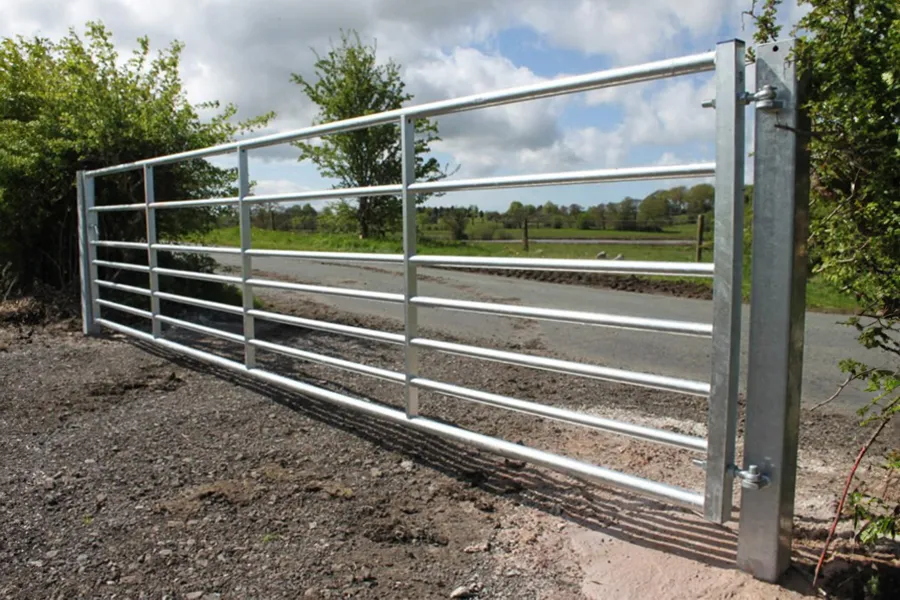
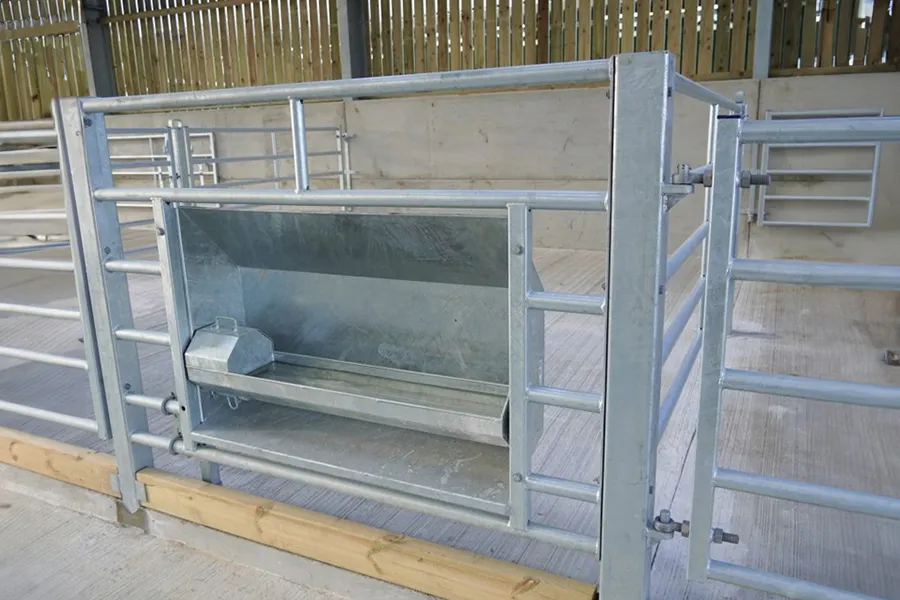


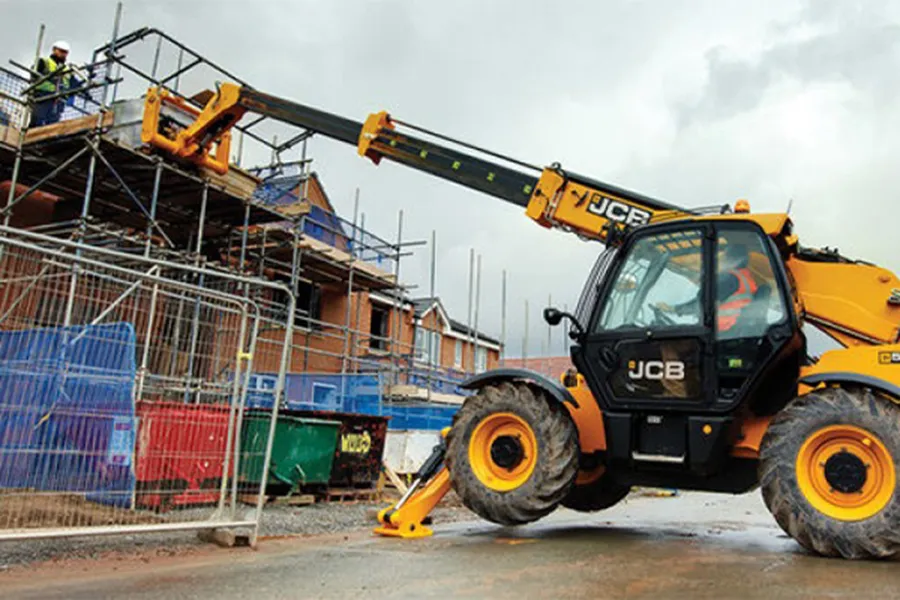
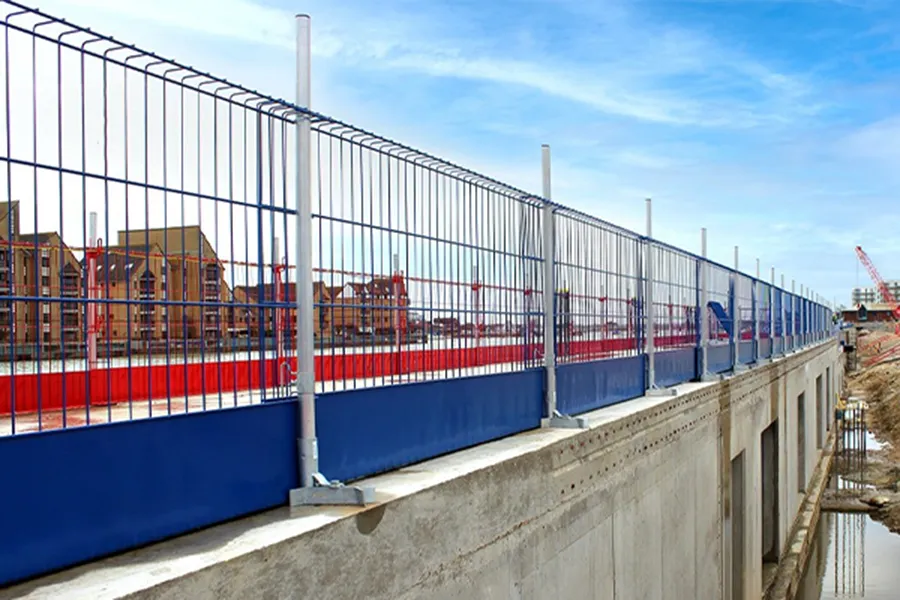
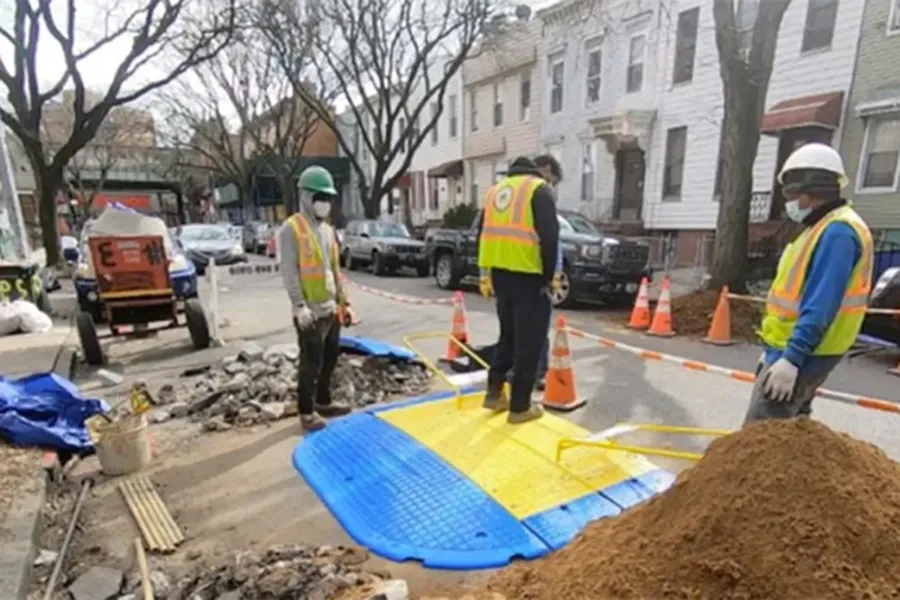

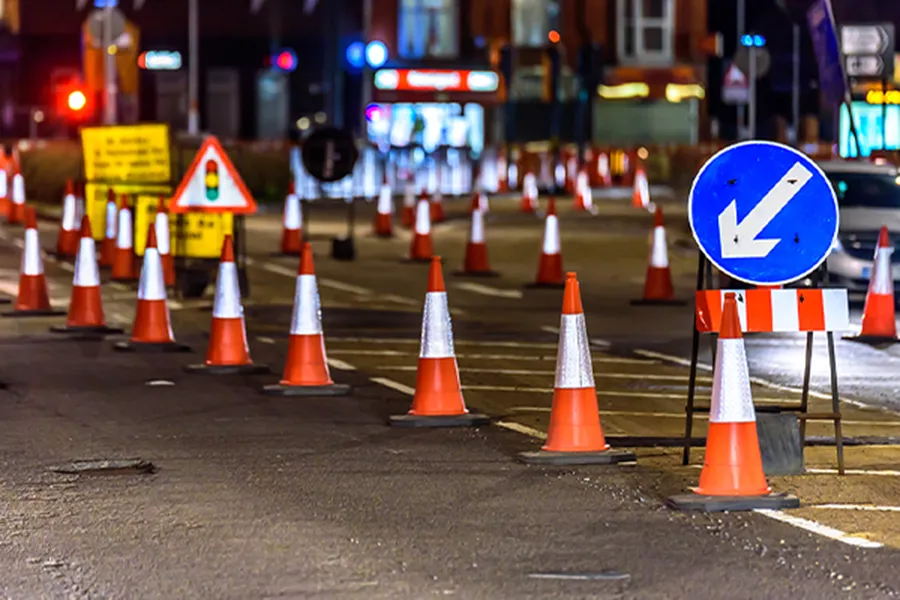
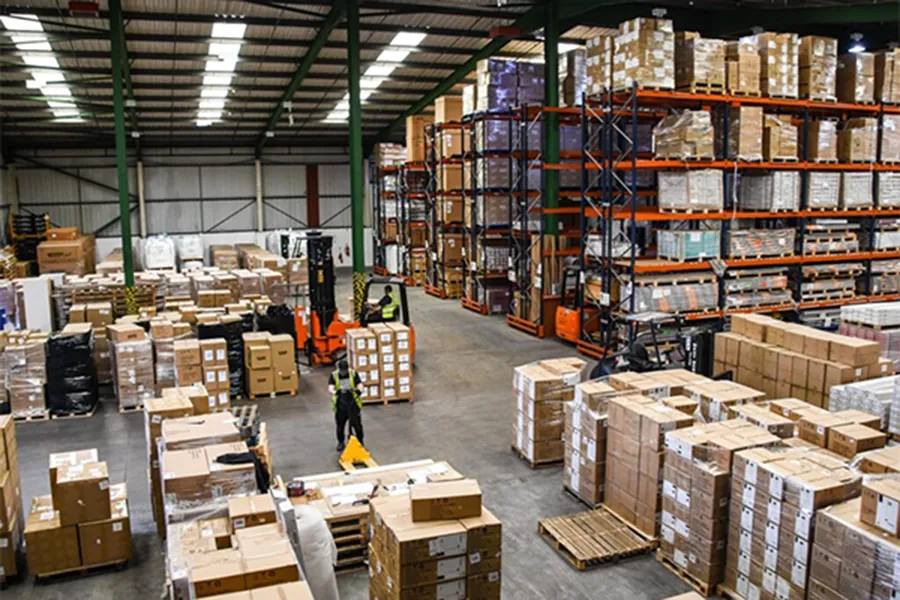
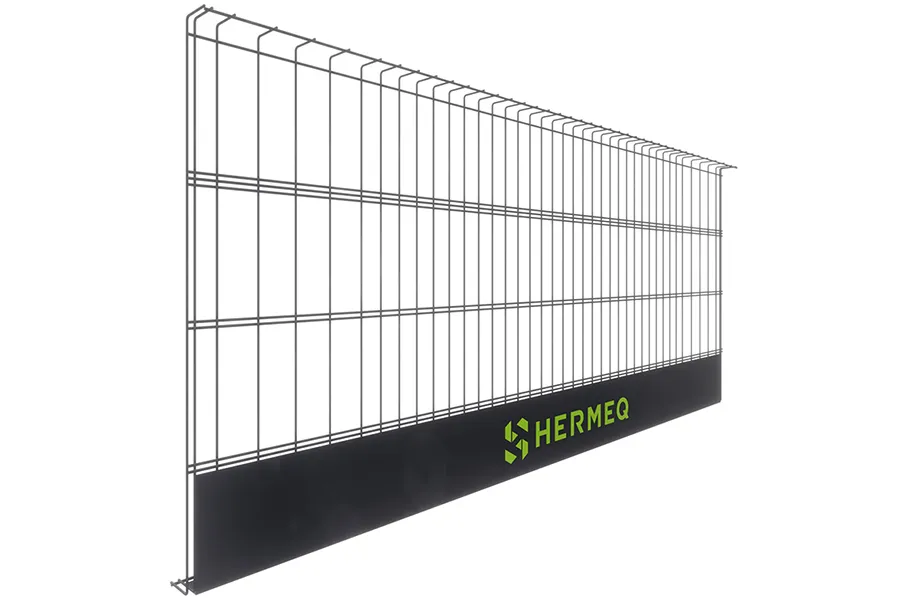


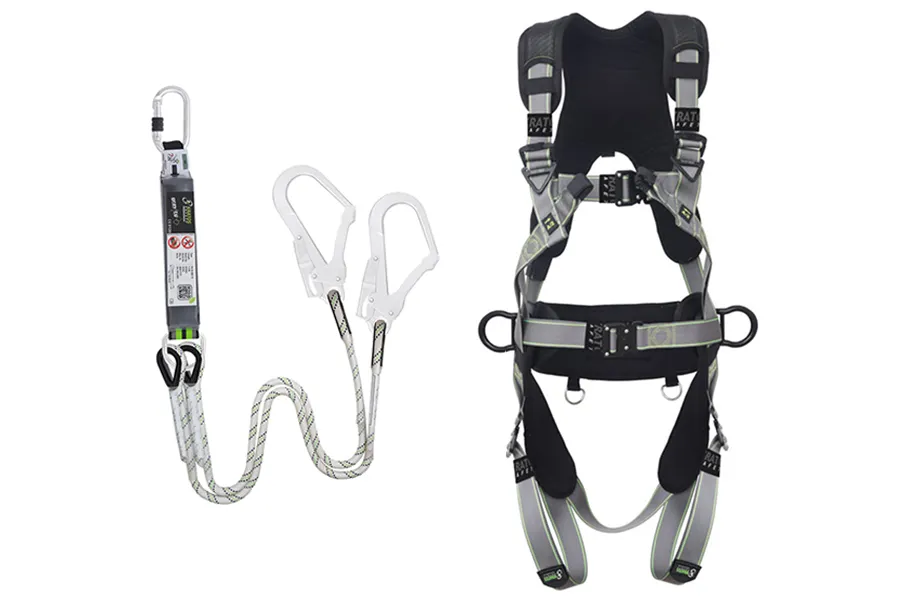
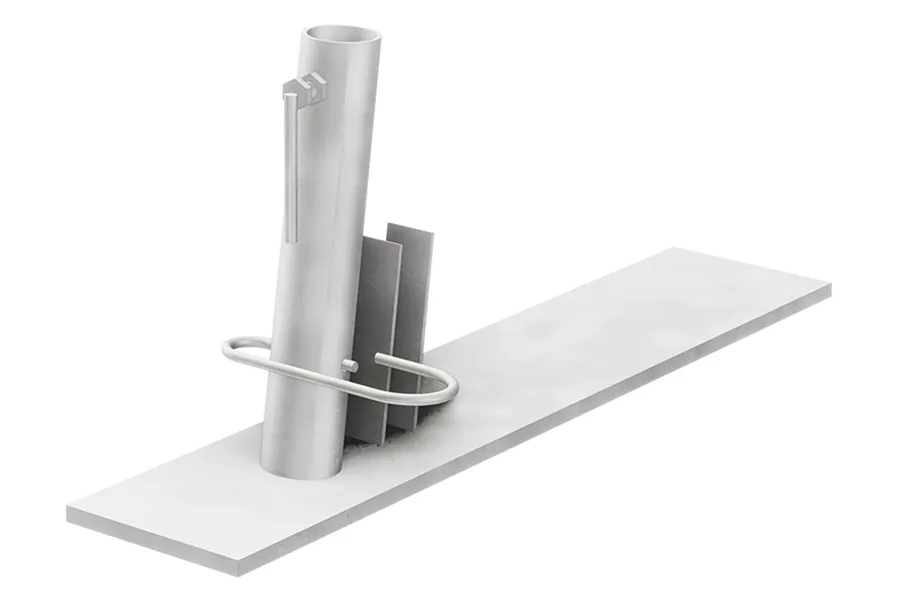
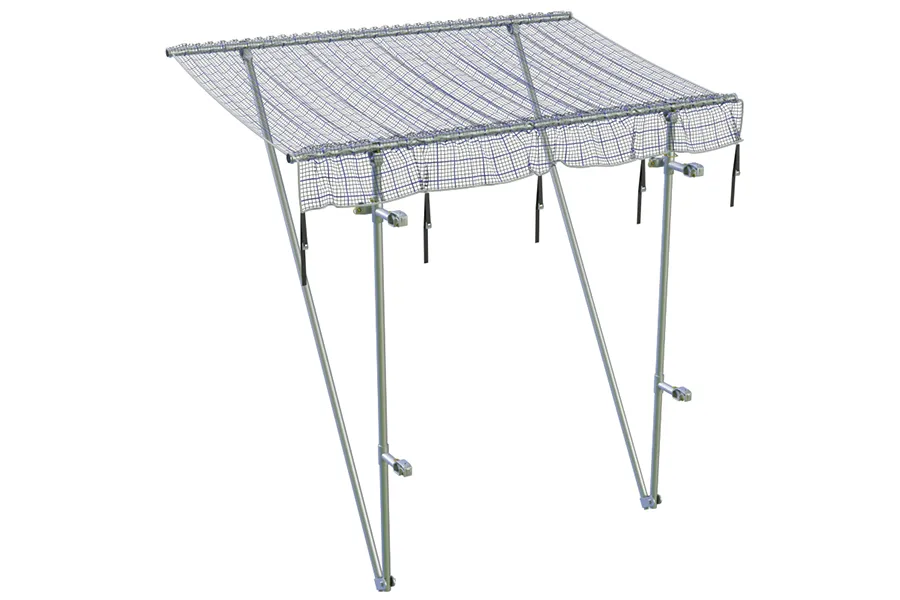
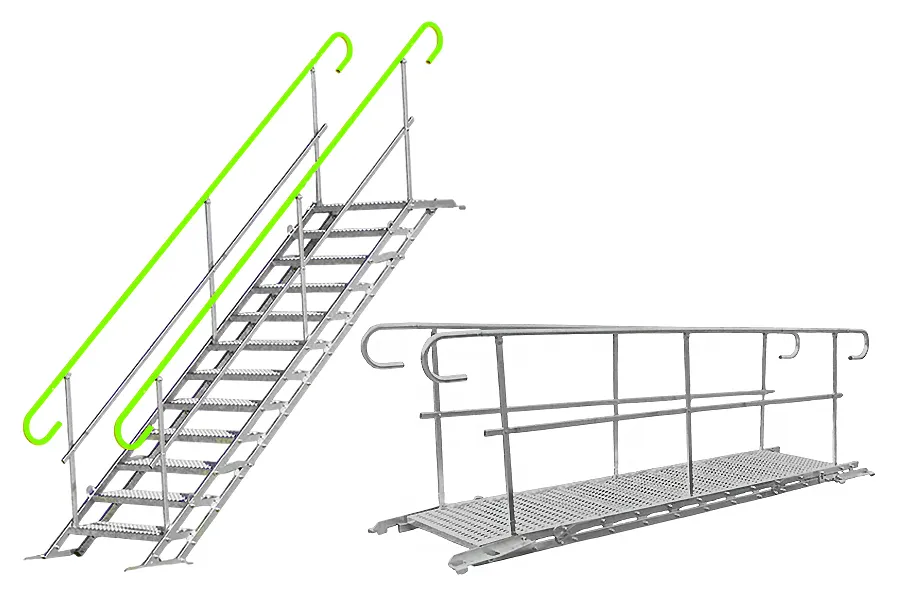
 HERMEQ UK
HERMEQ UK HERMEQ Ireland
HERMEQ Ireland HERMEQ Netherlands
HERMEQ Netherlands HERMEQ France
HERMEQ France HERMEQ DACH
HERMEQ DACH


